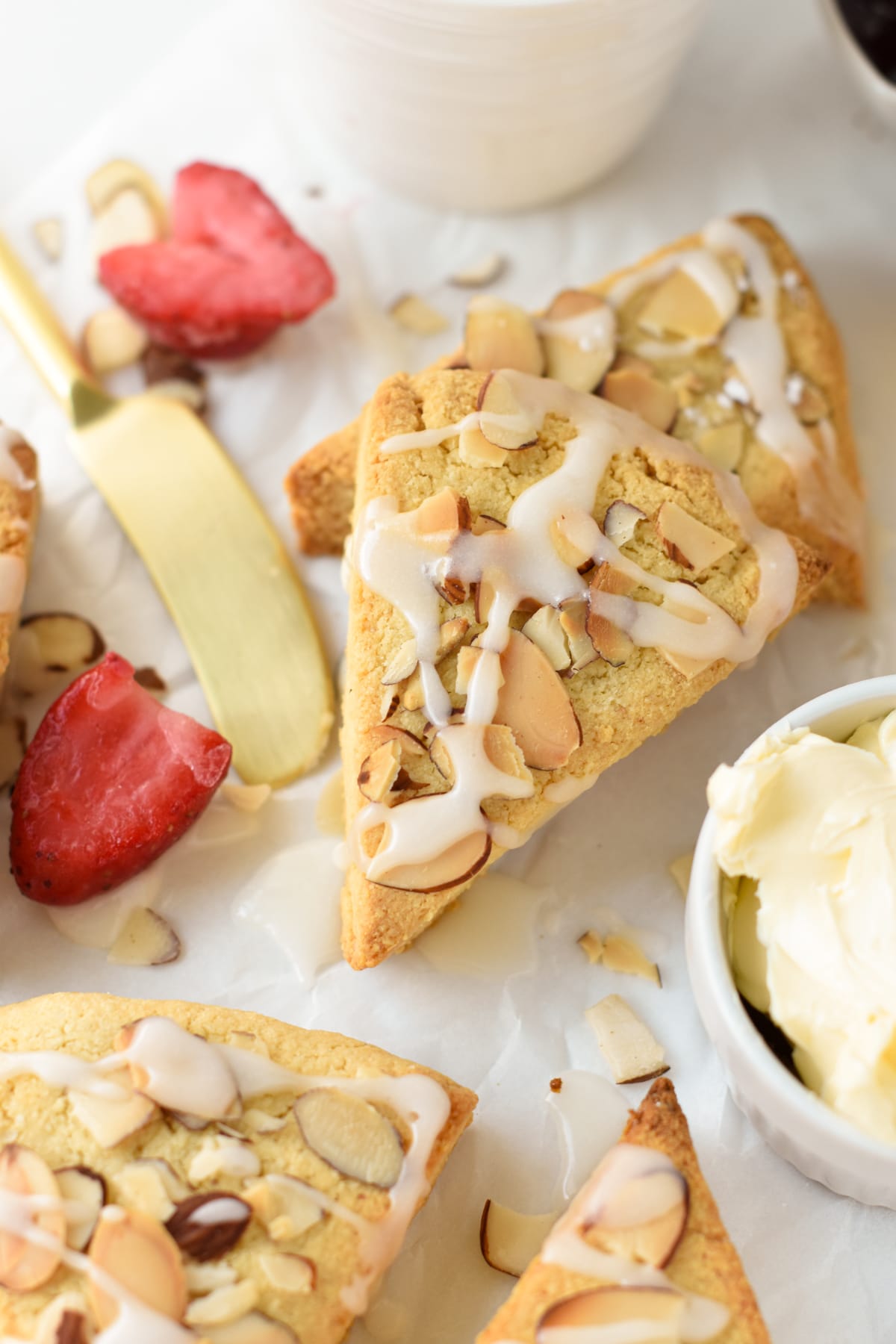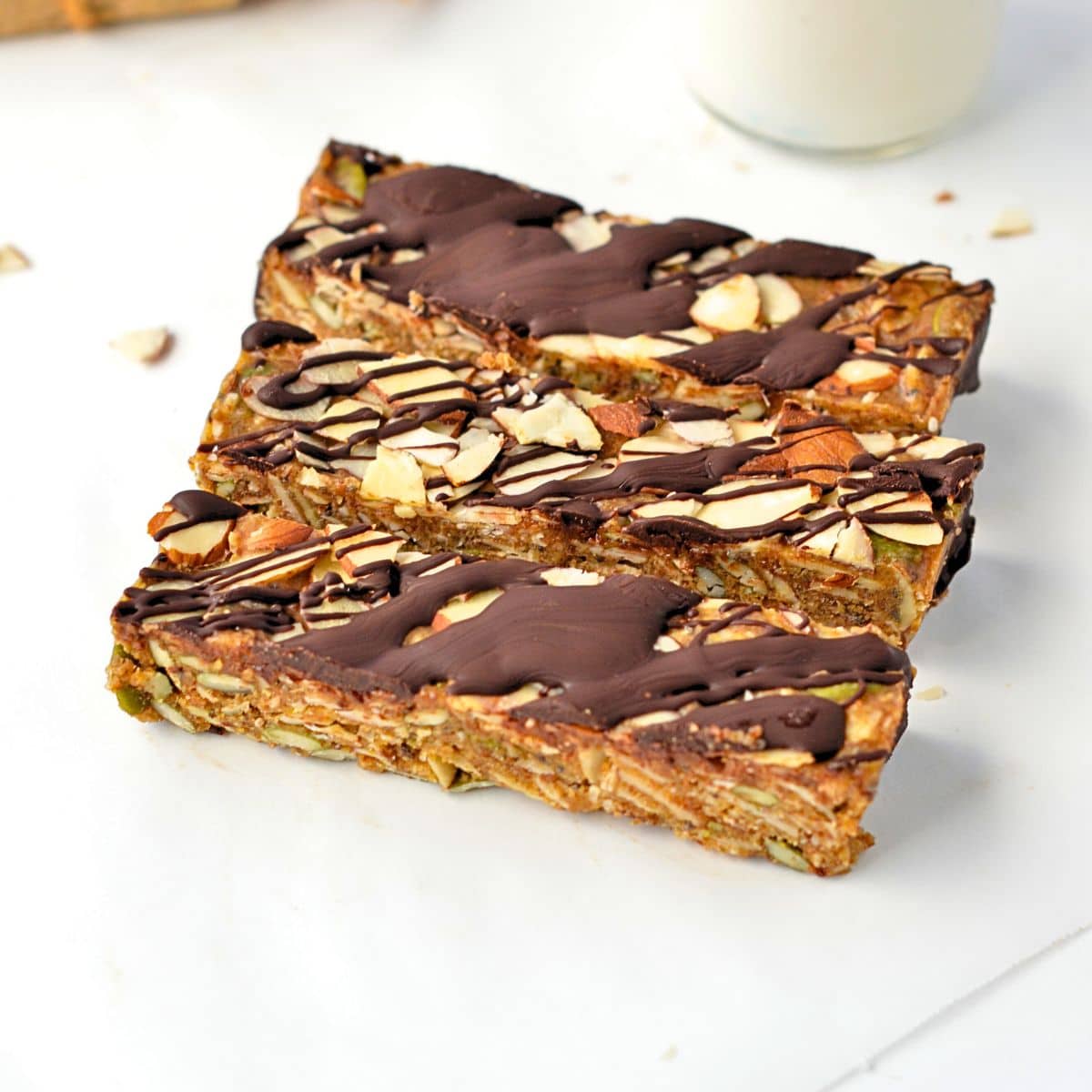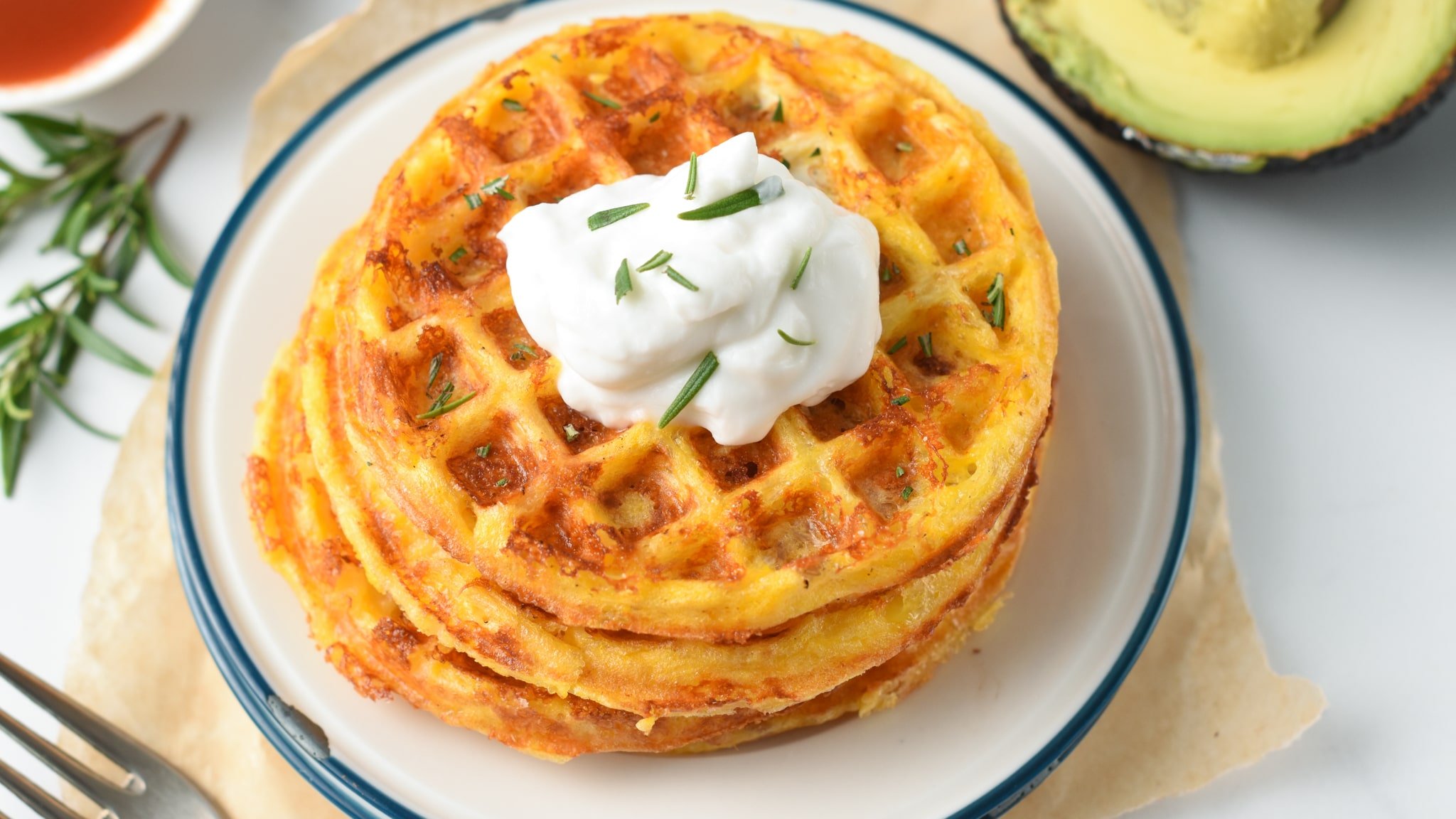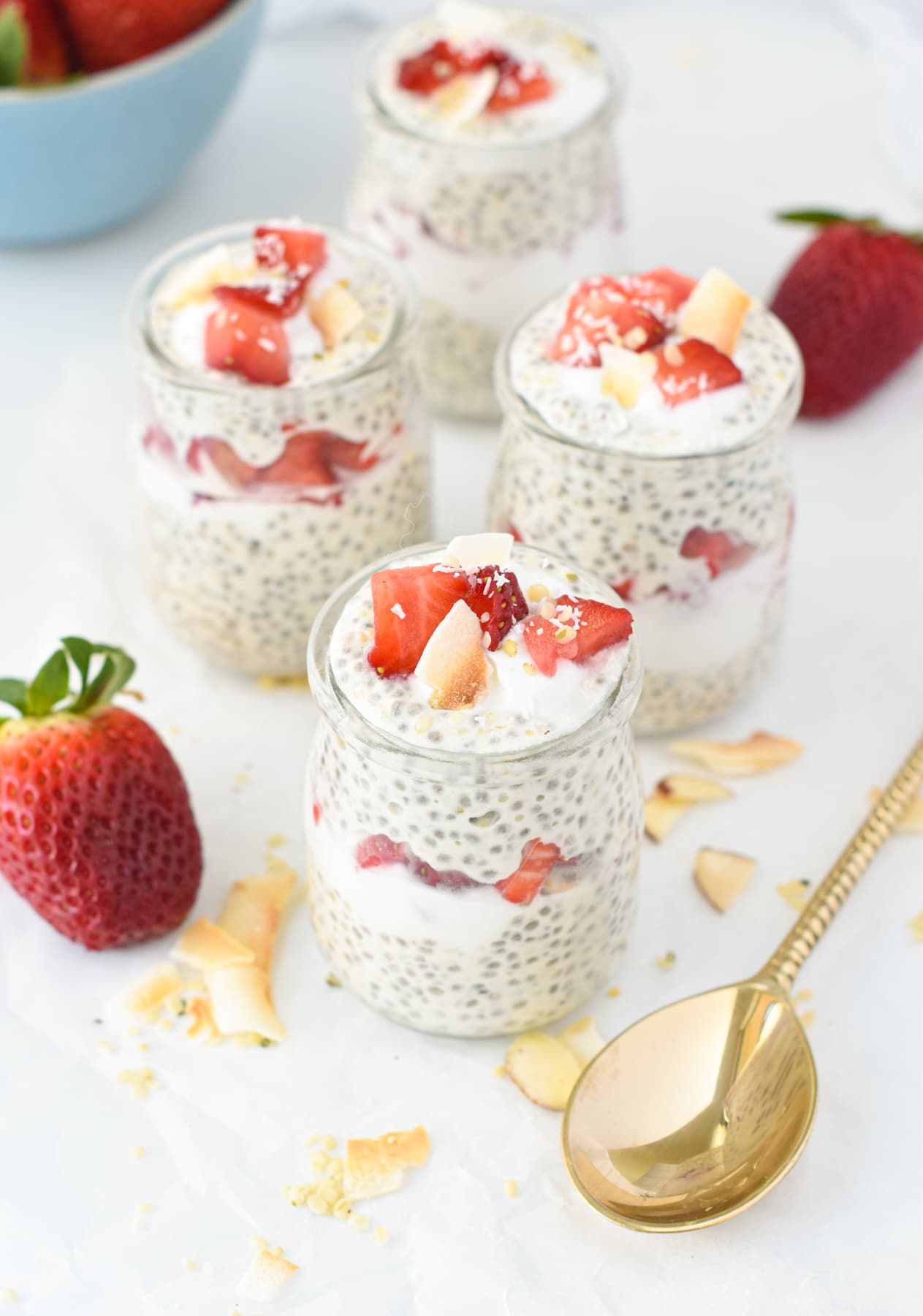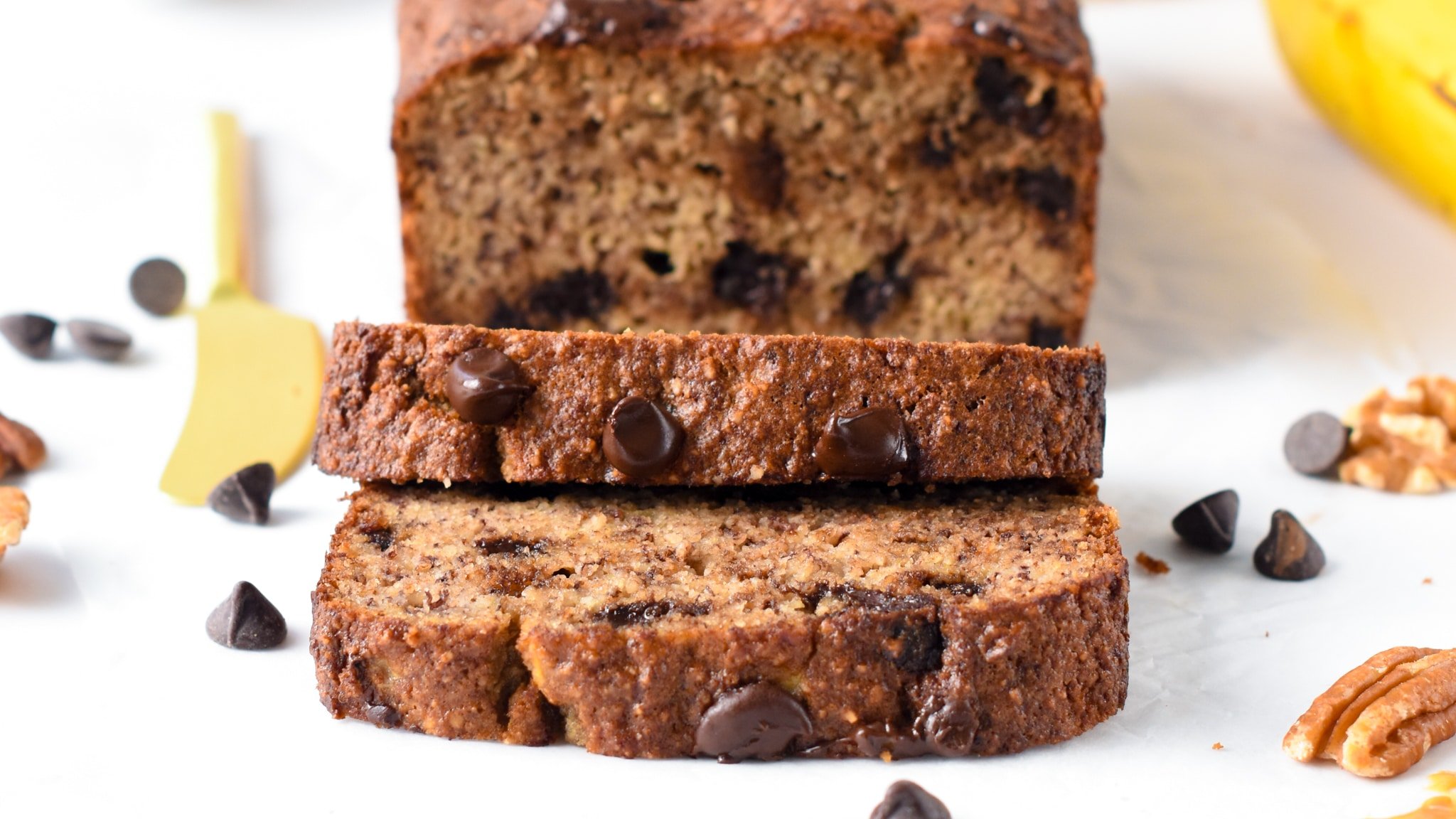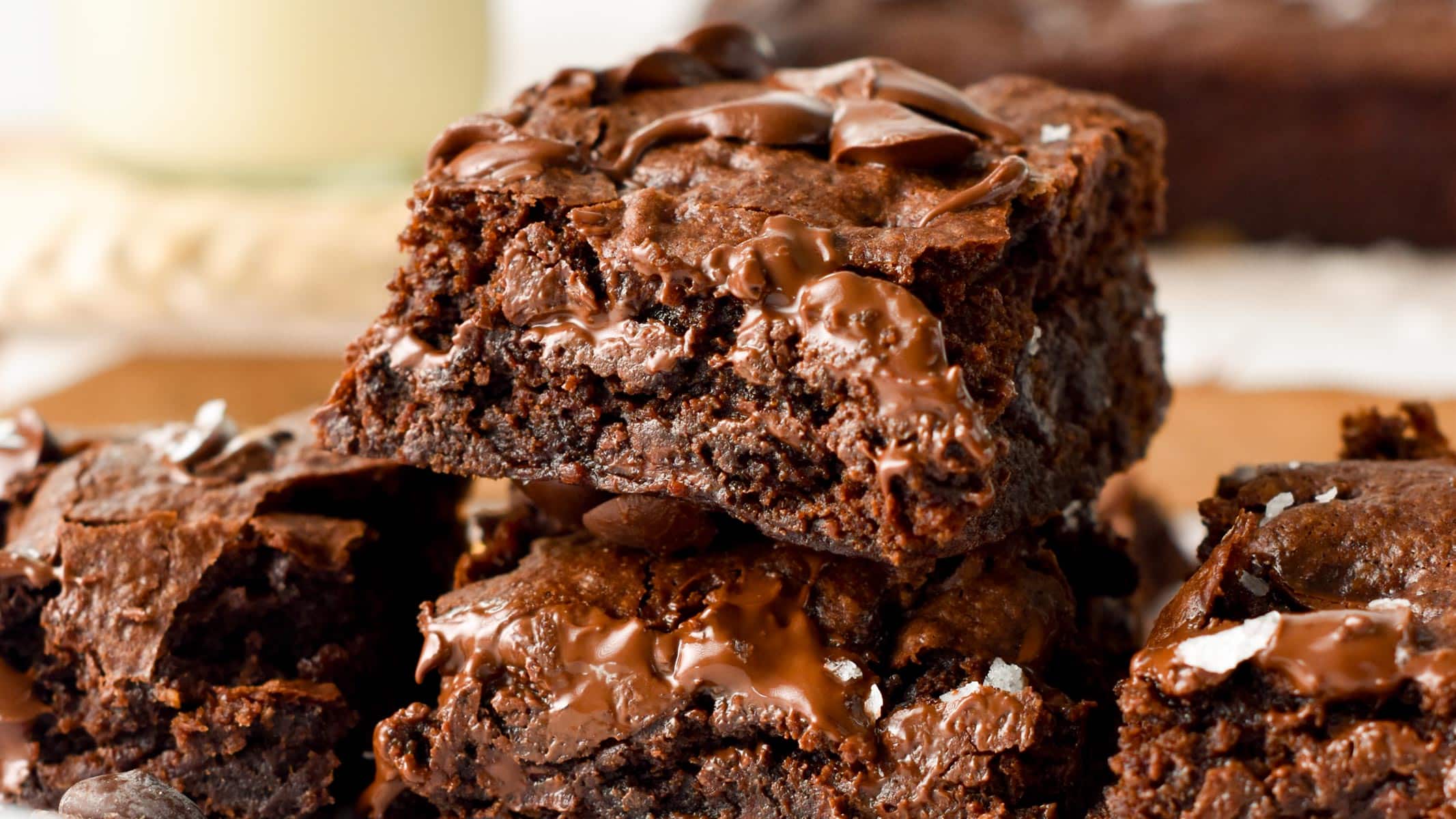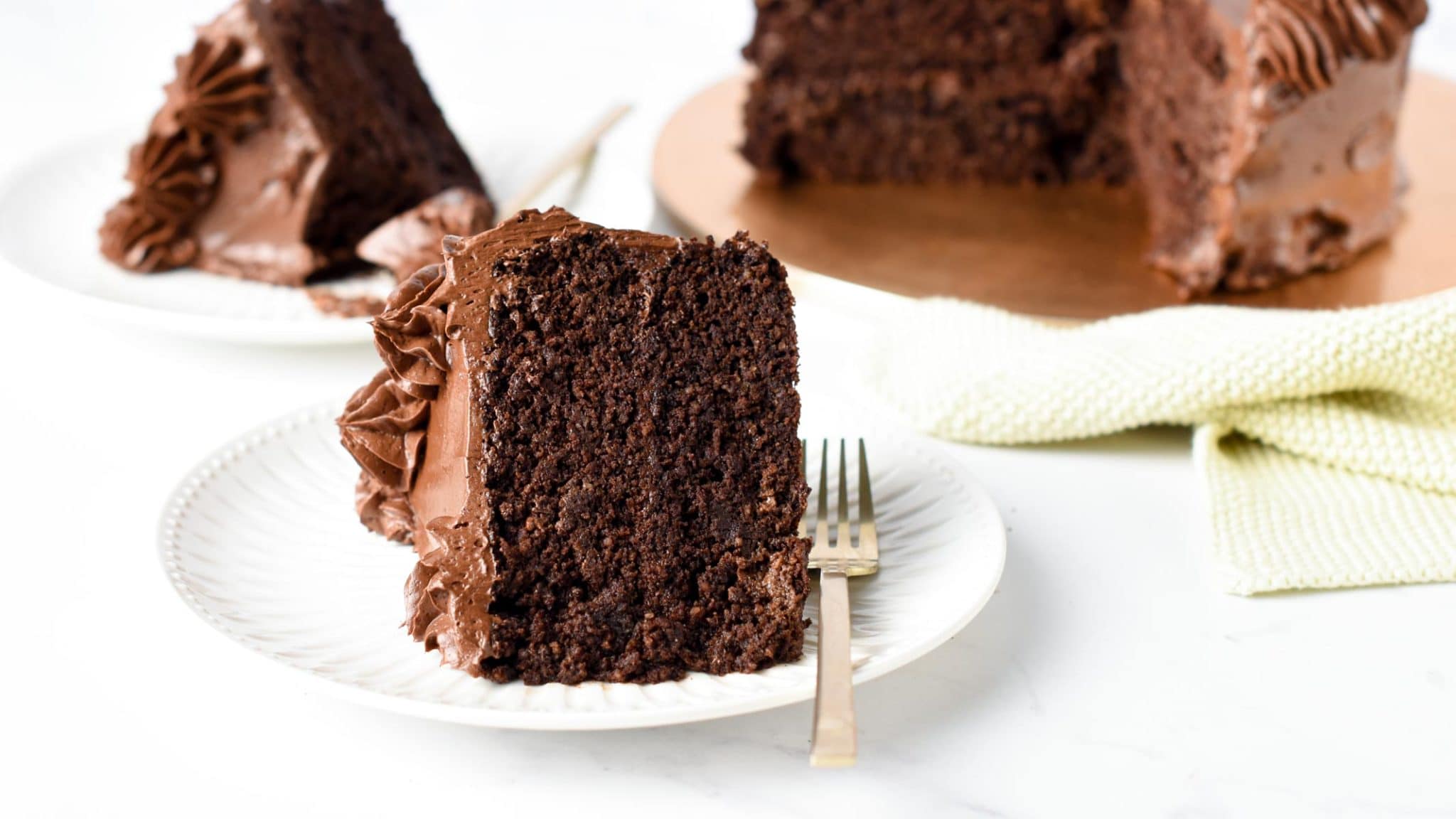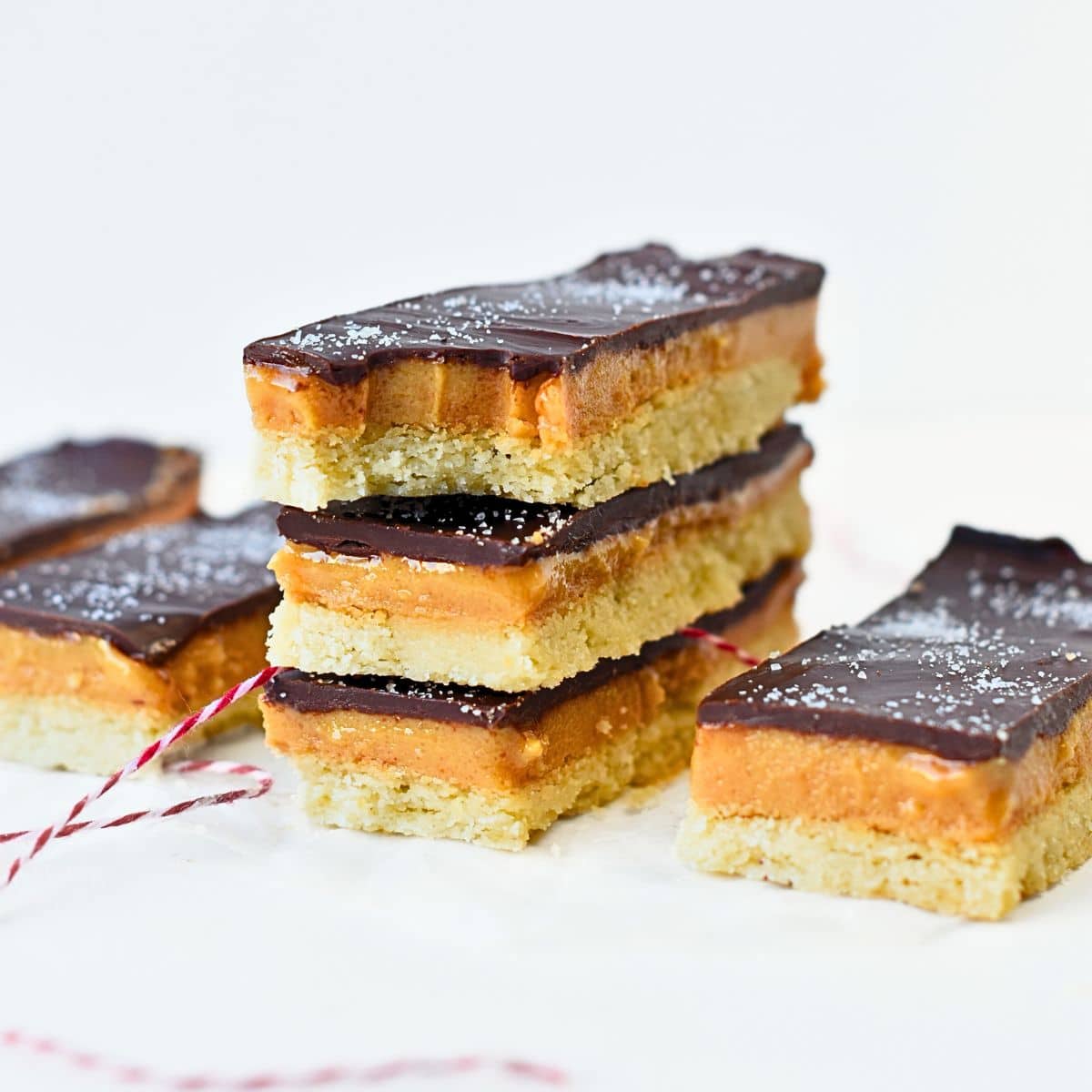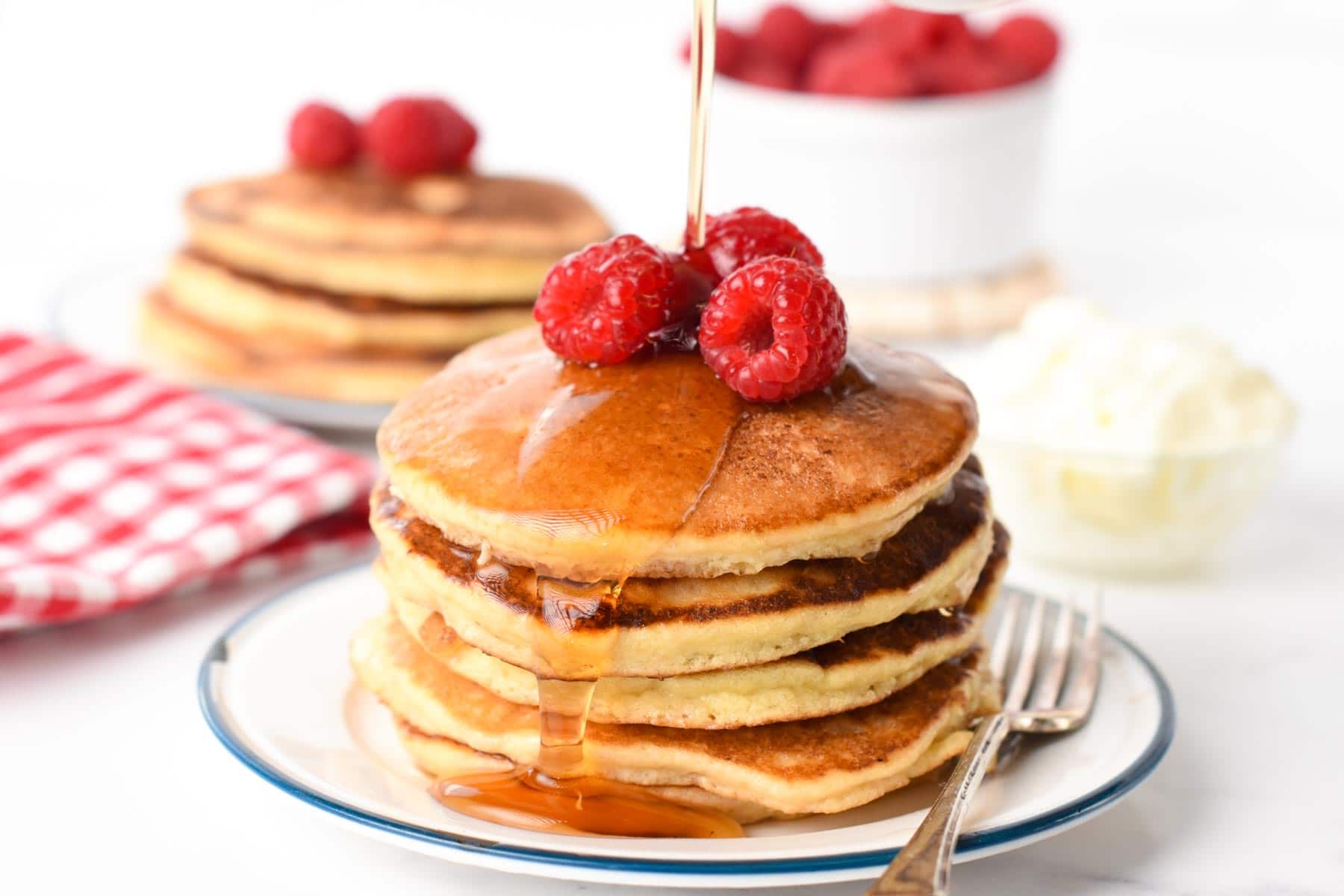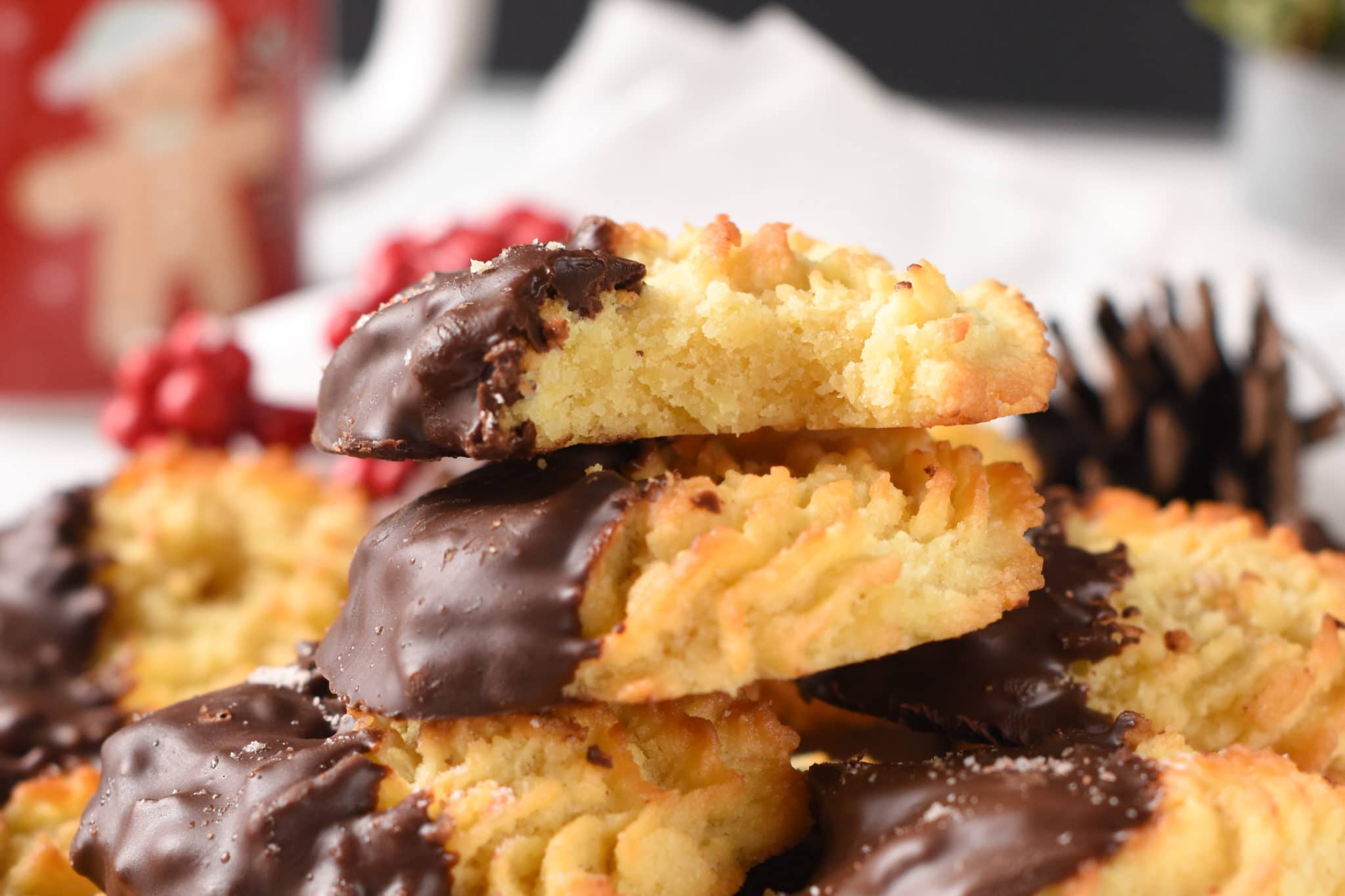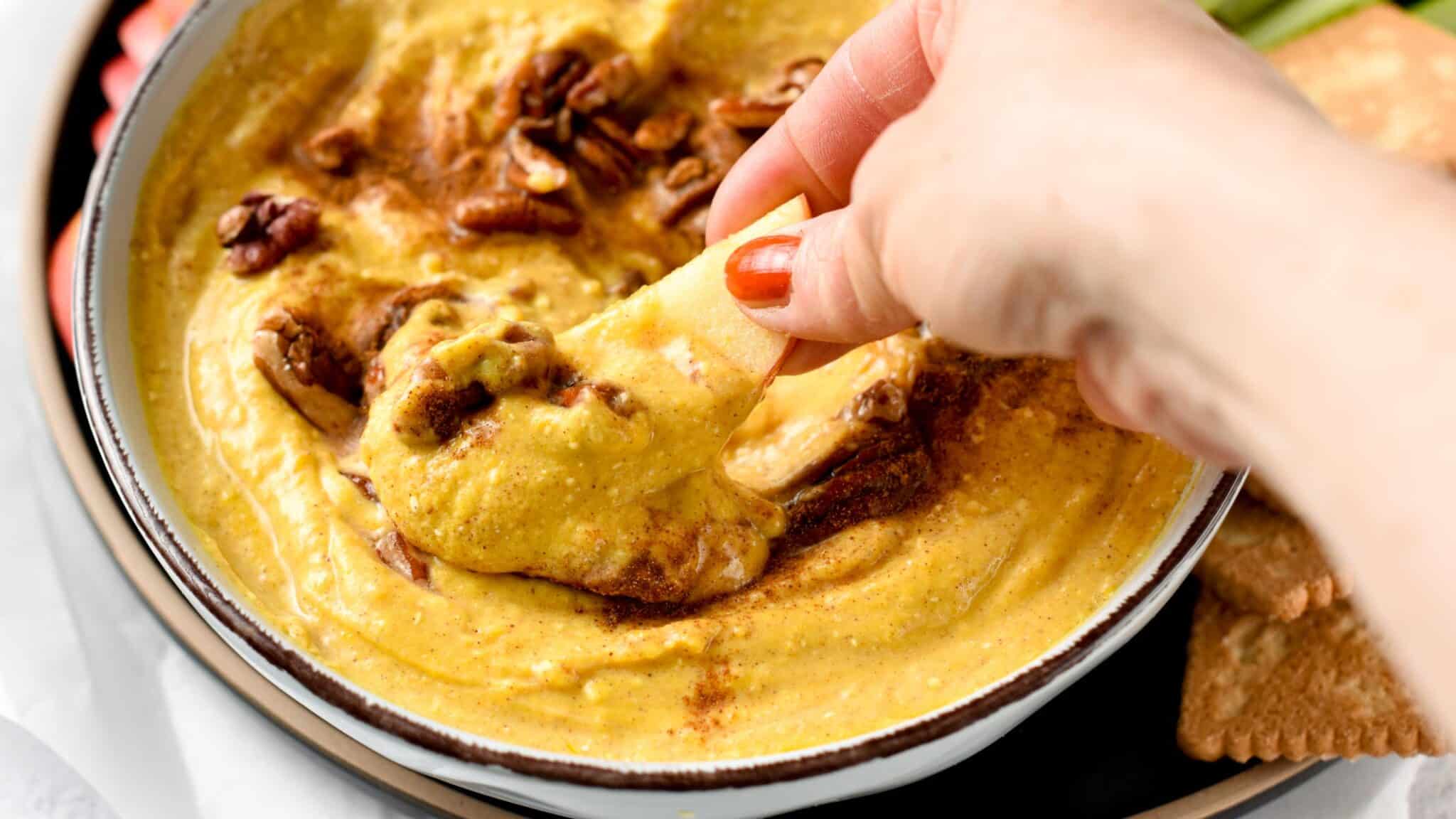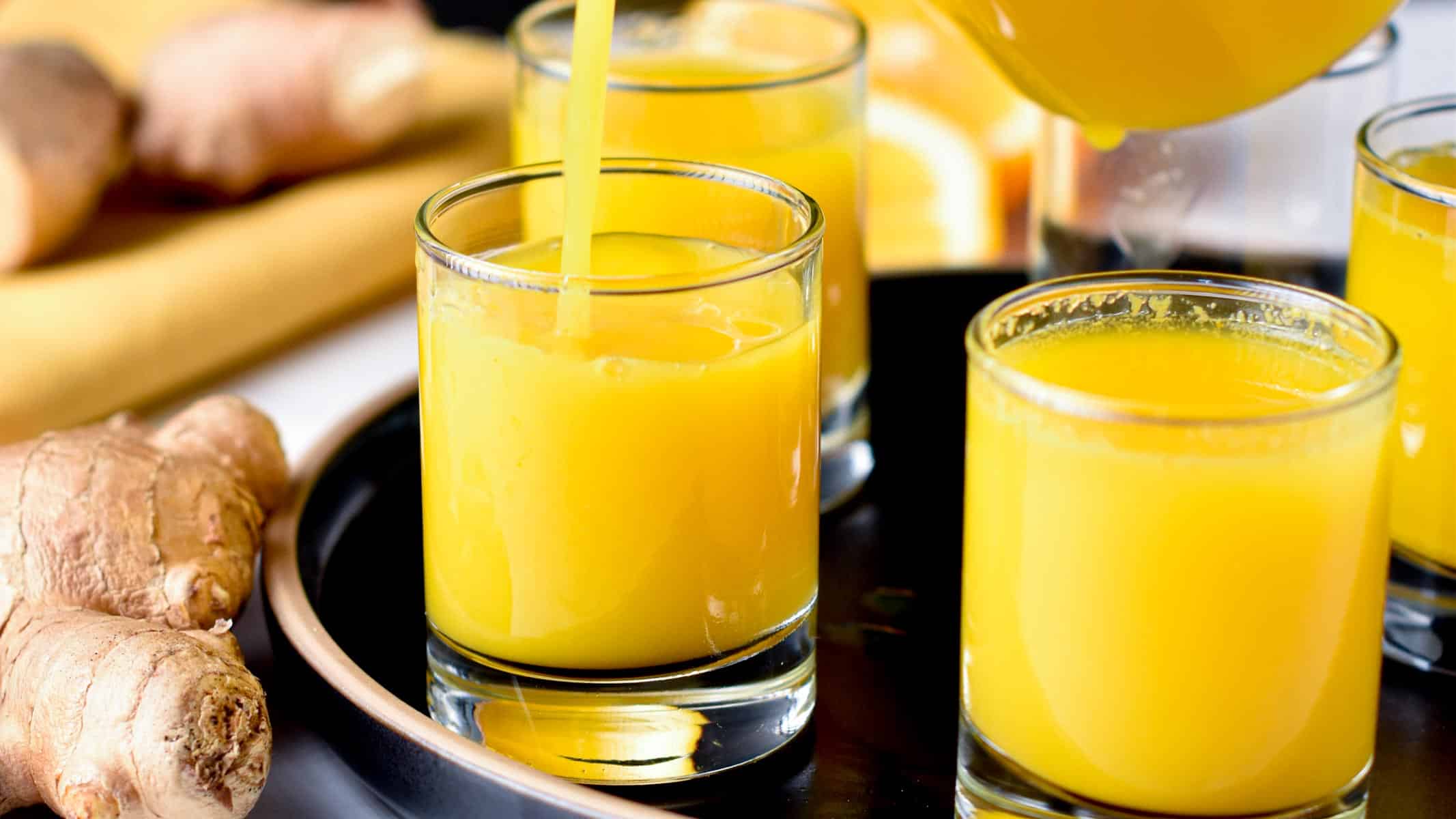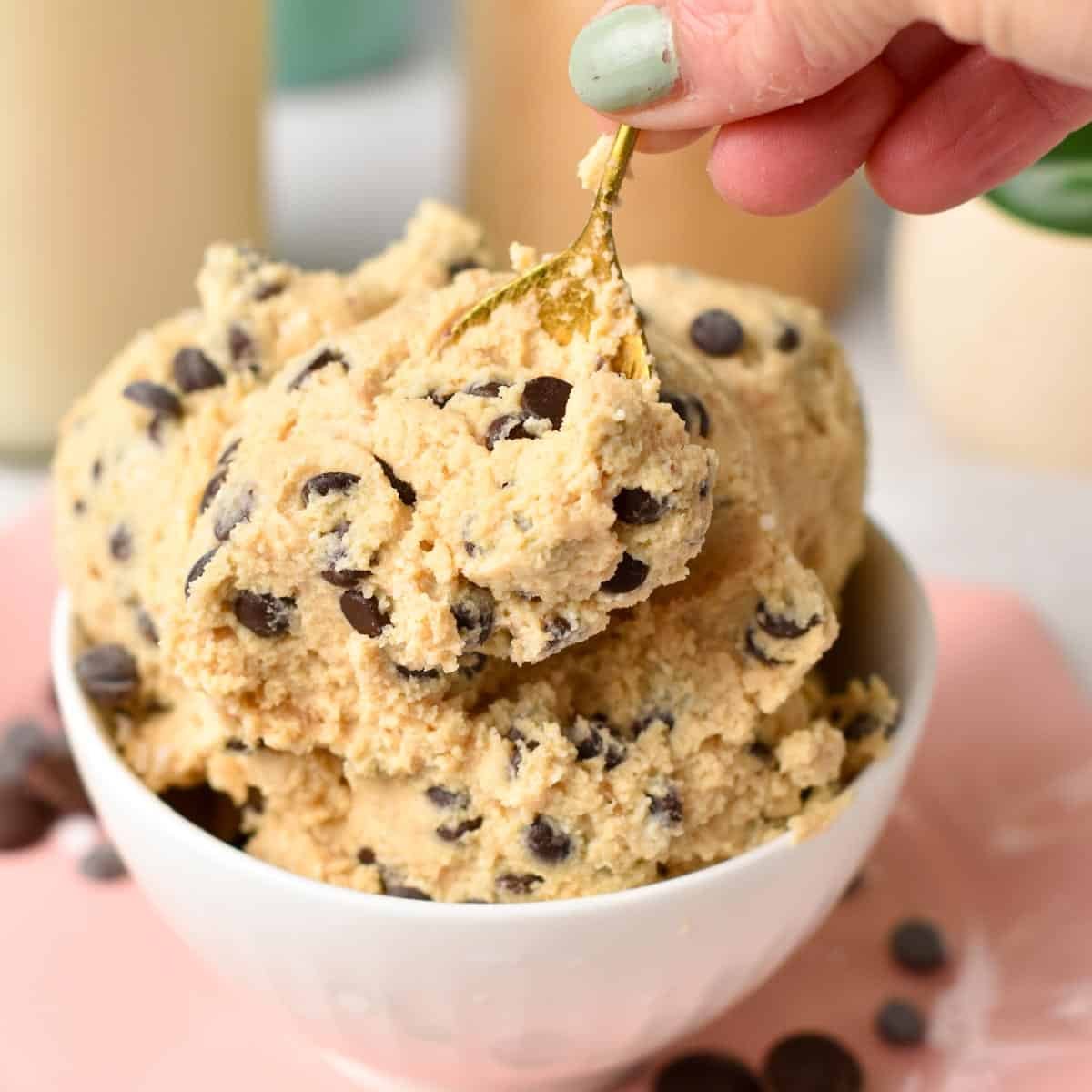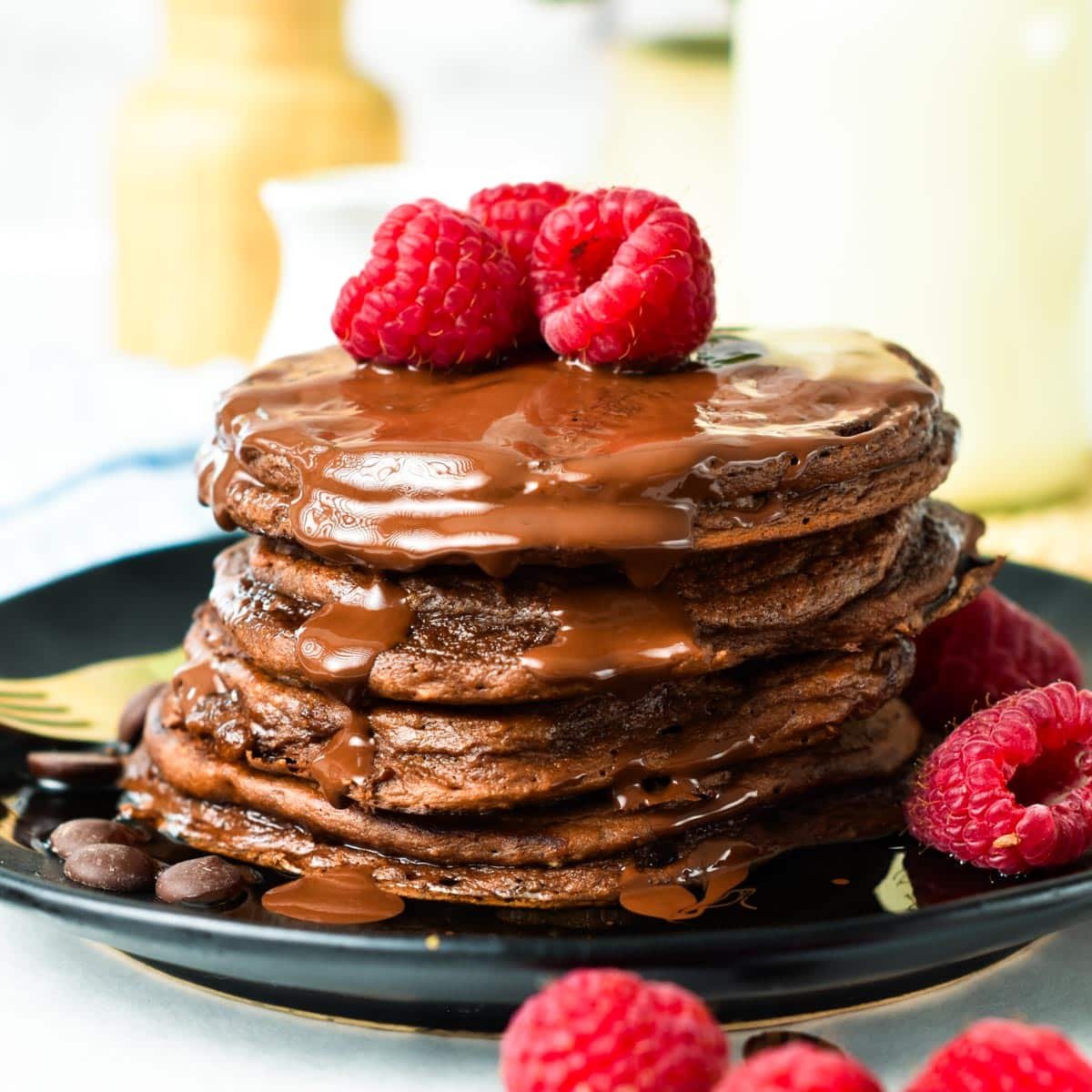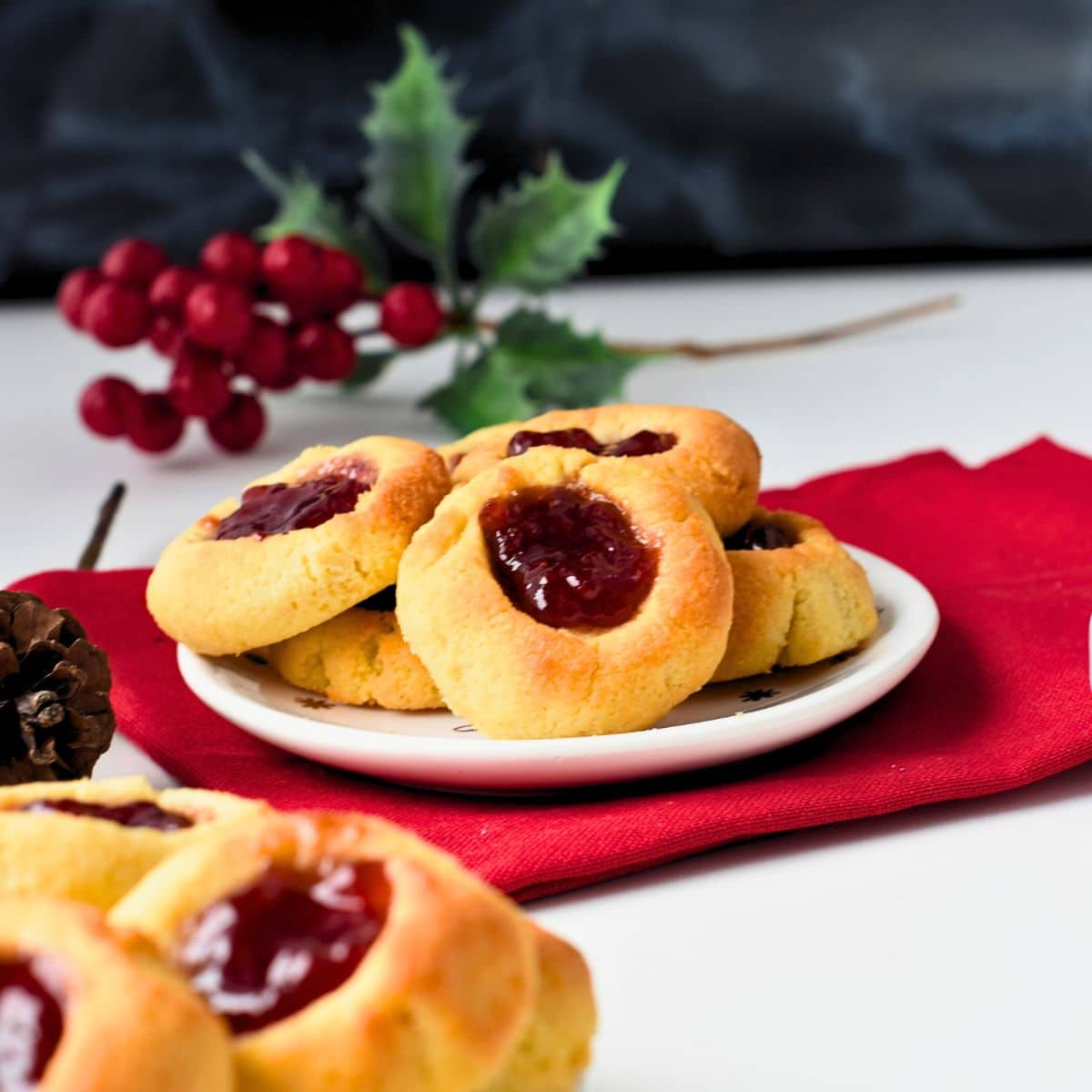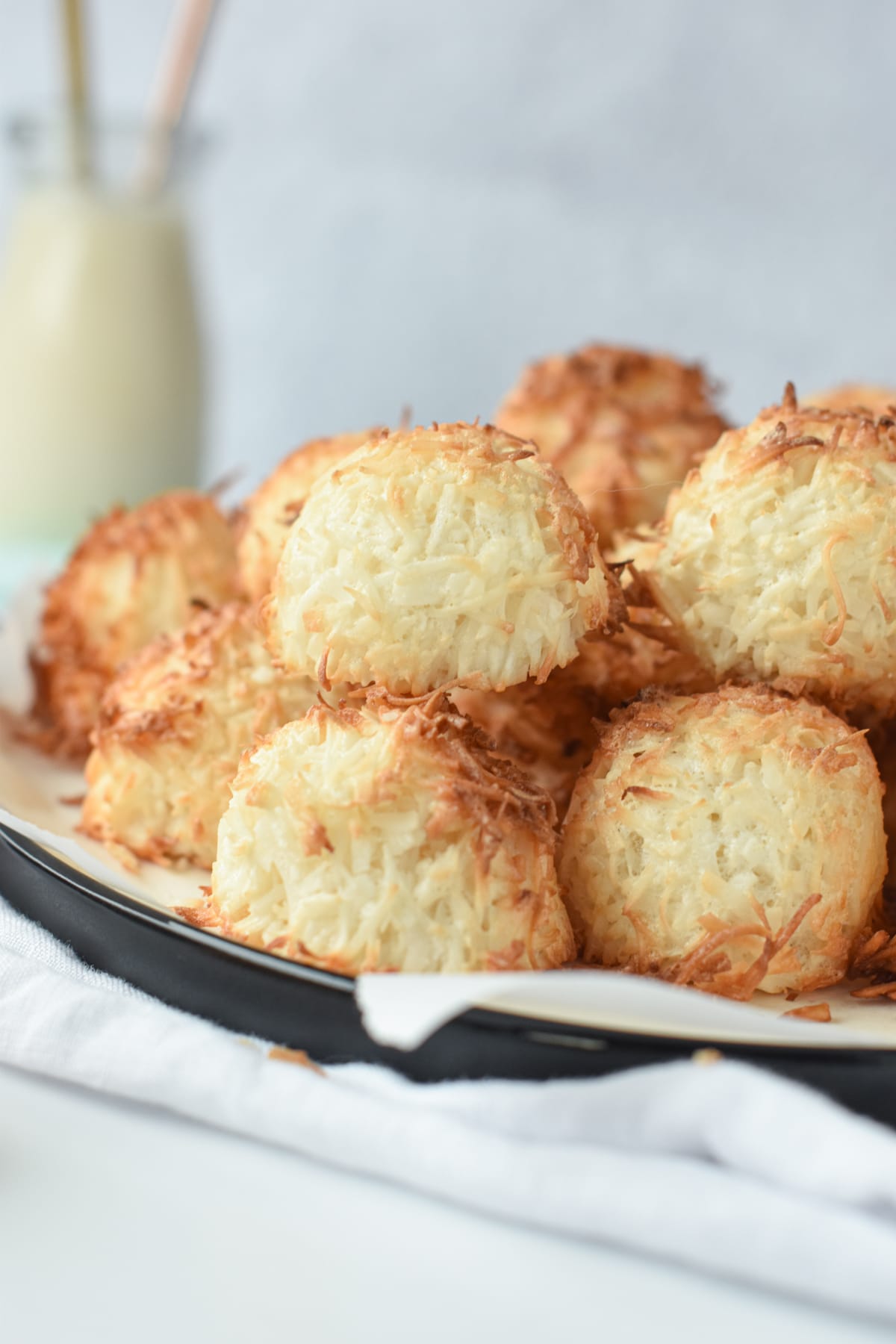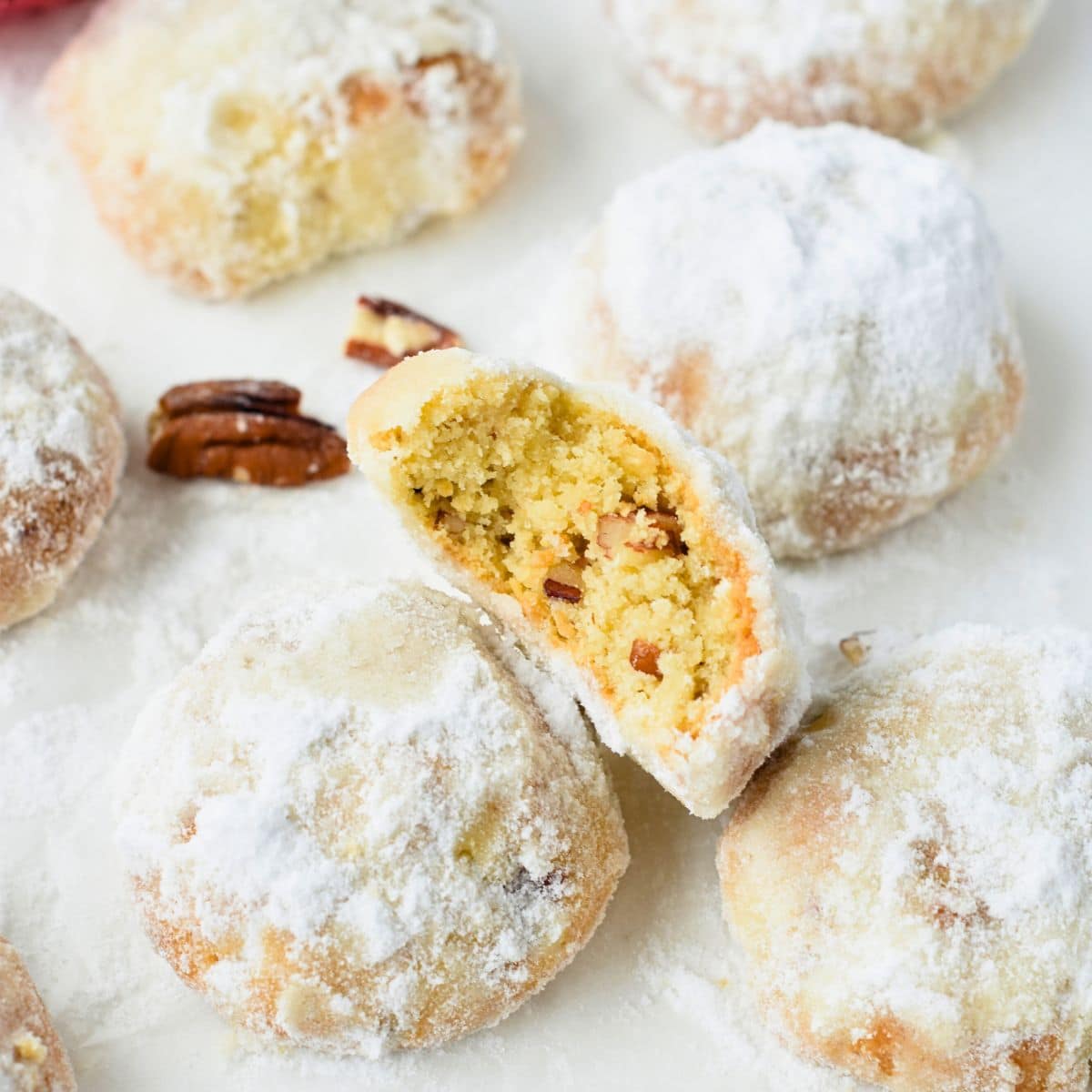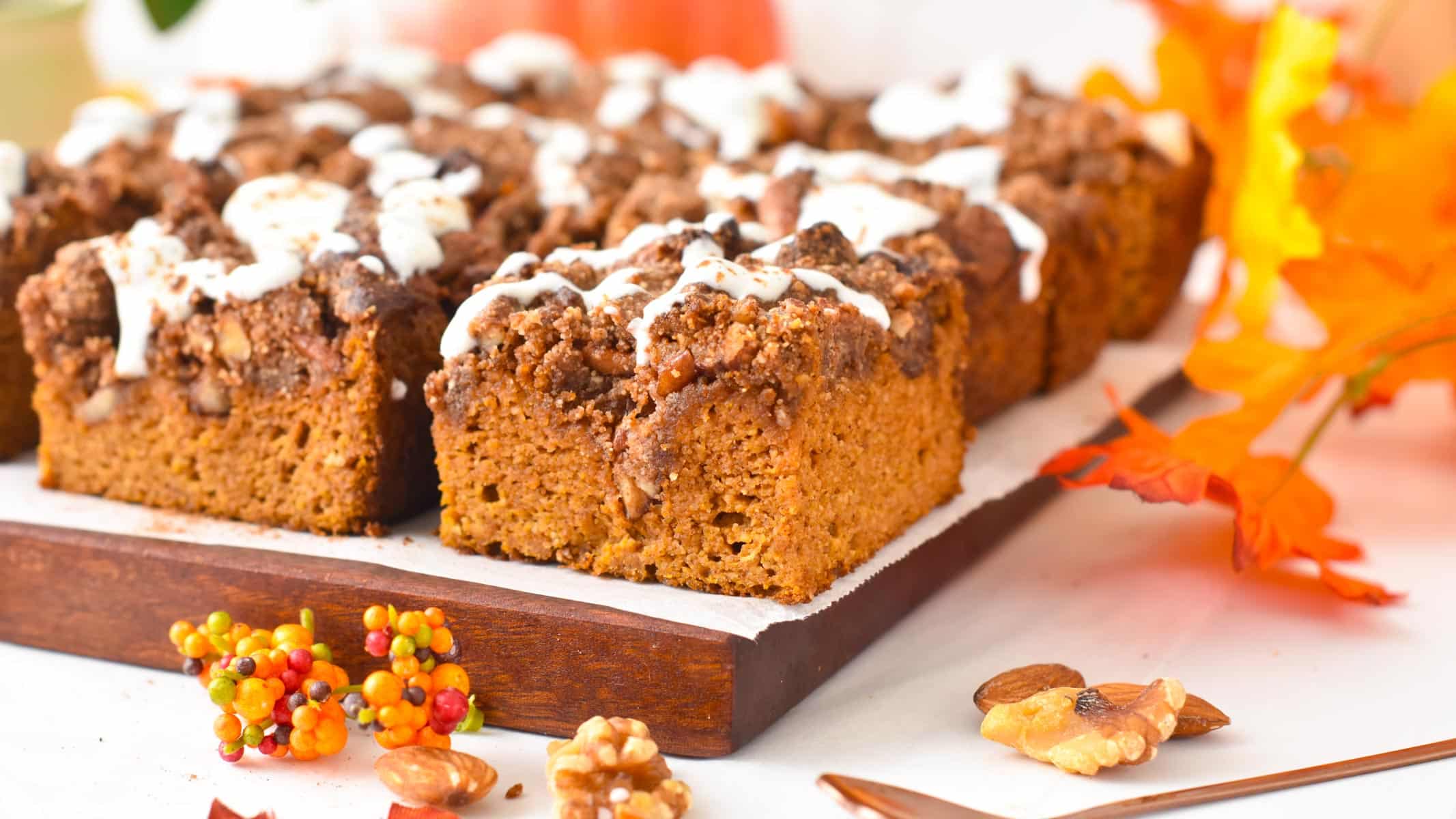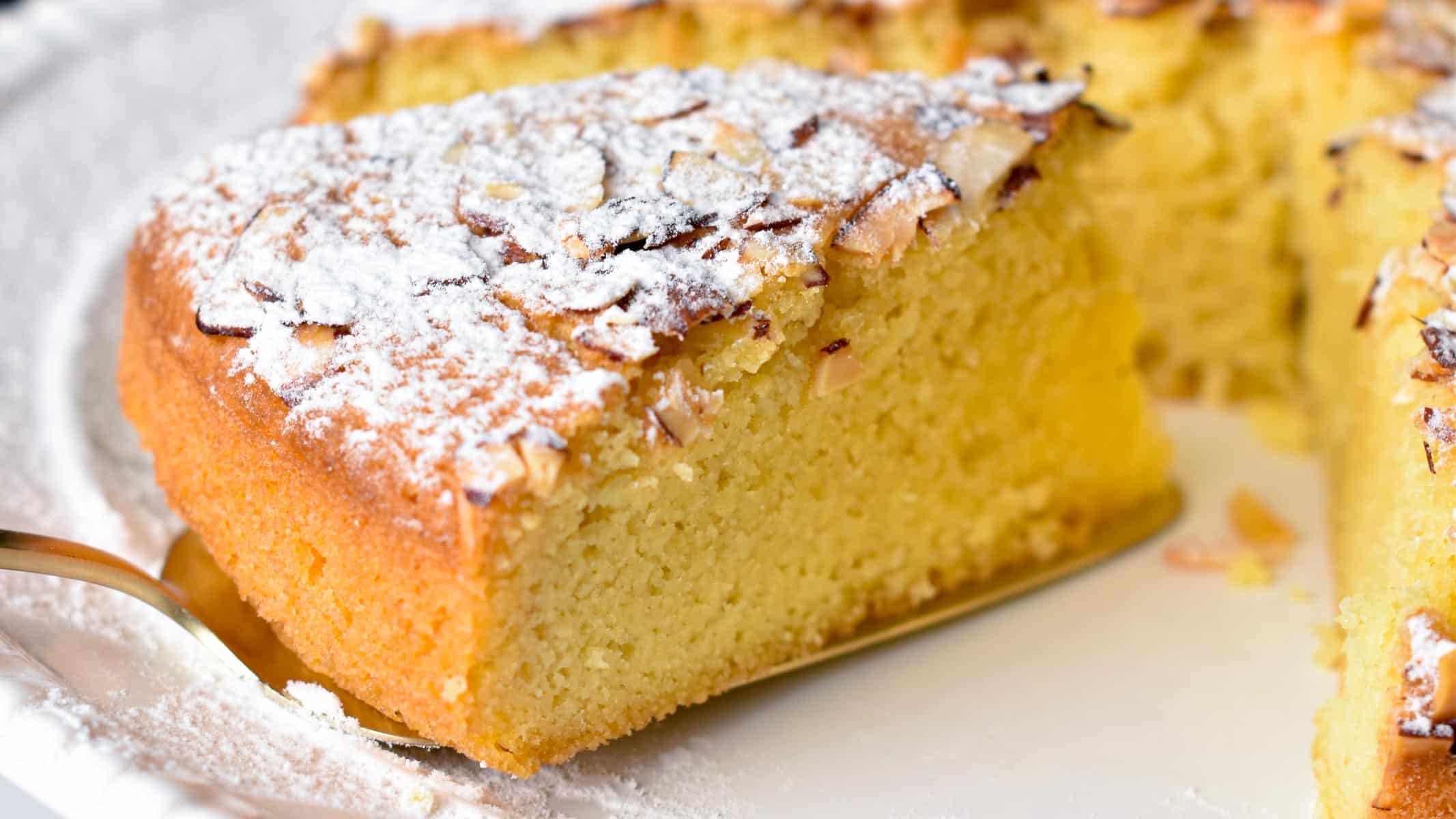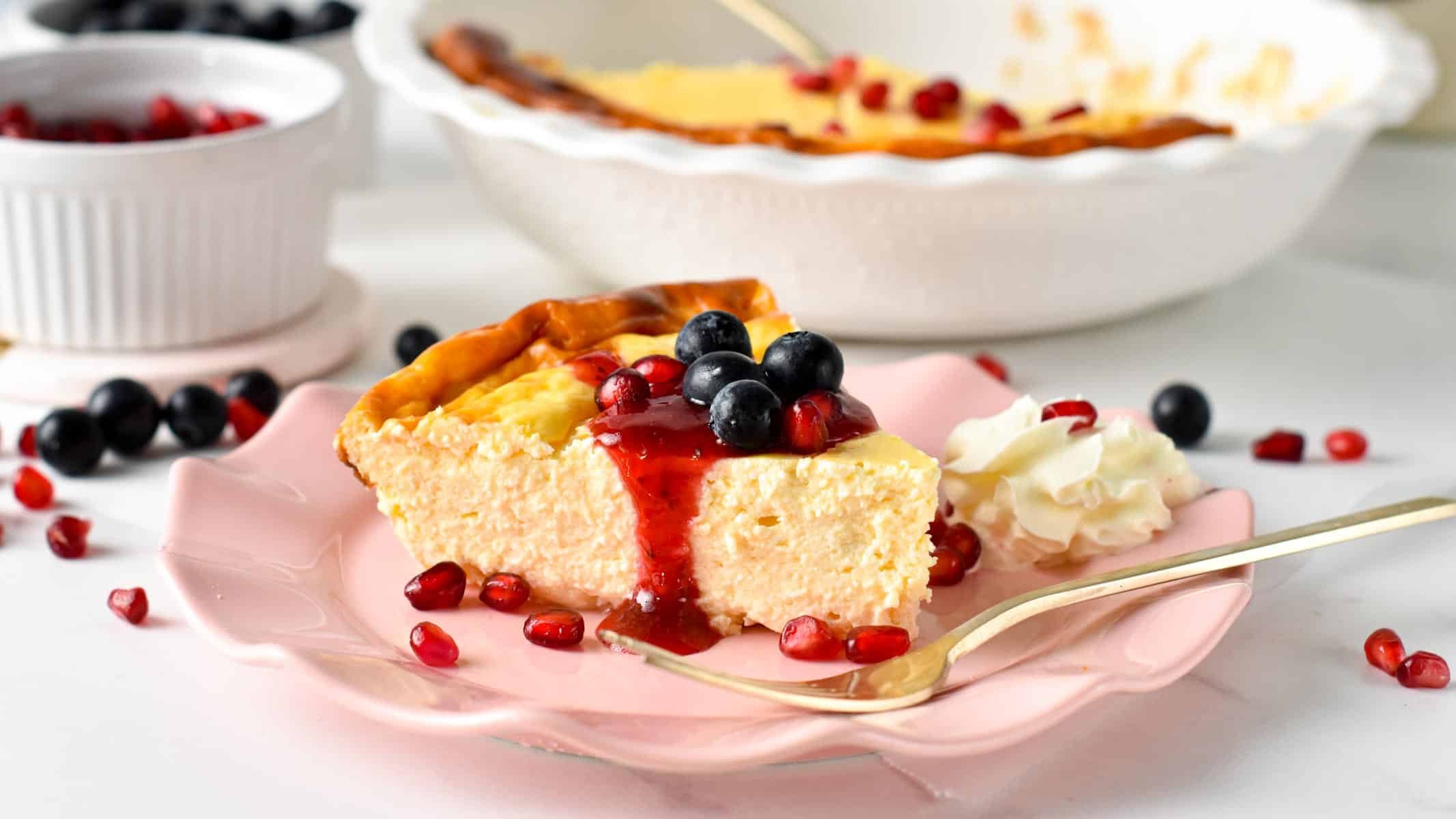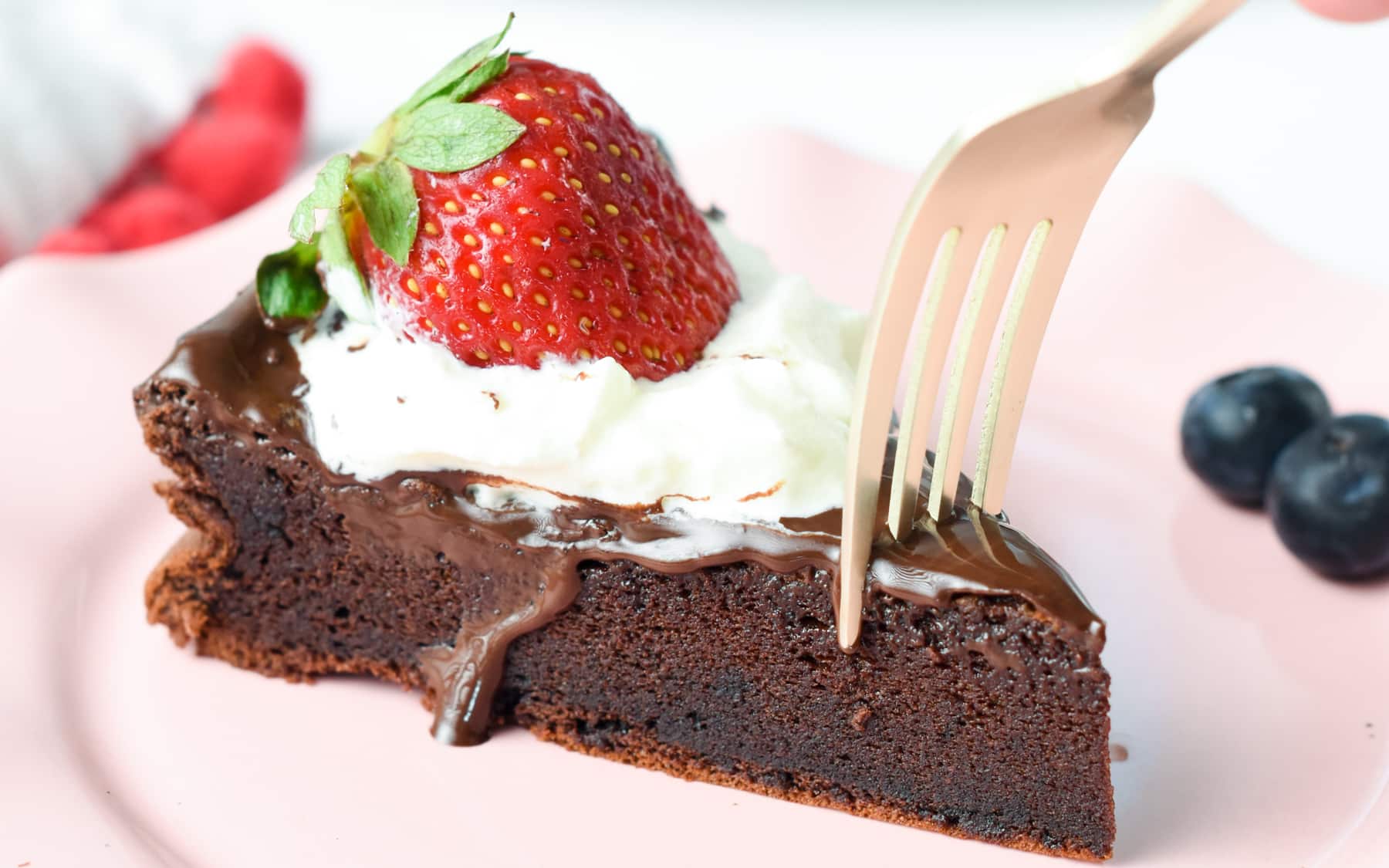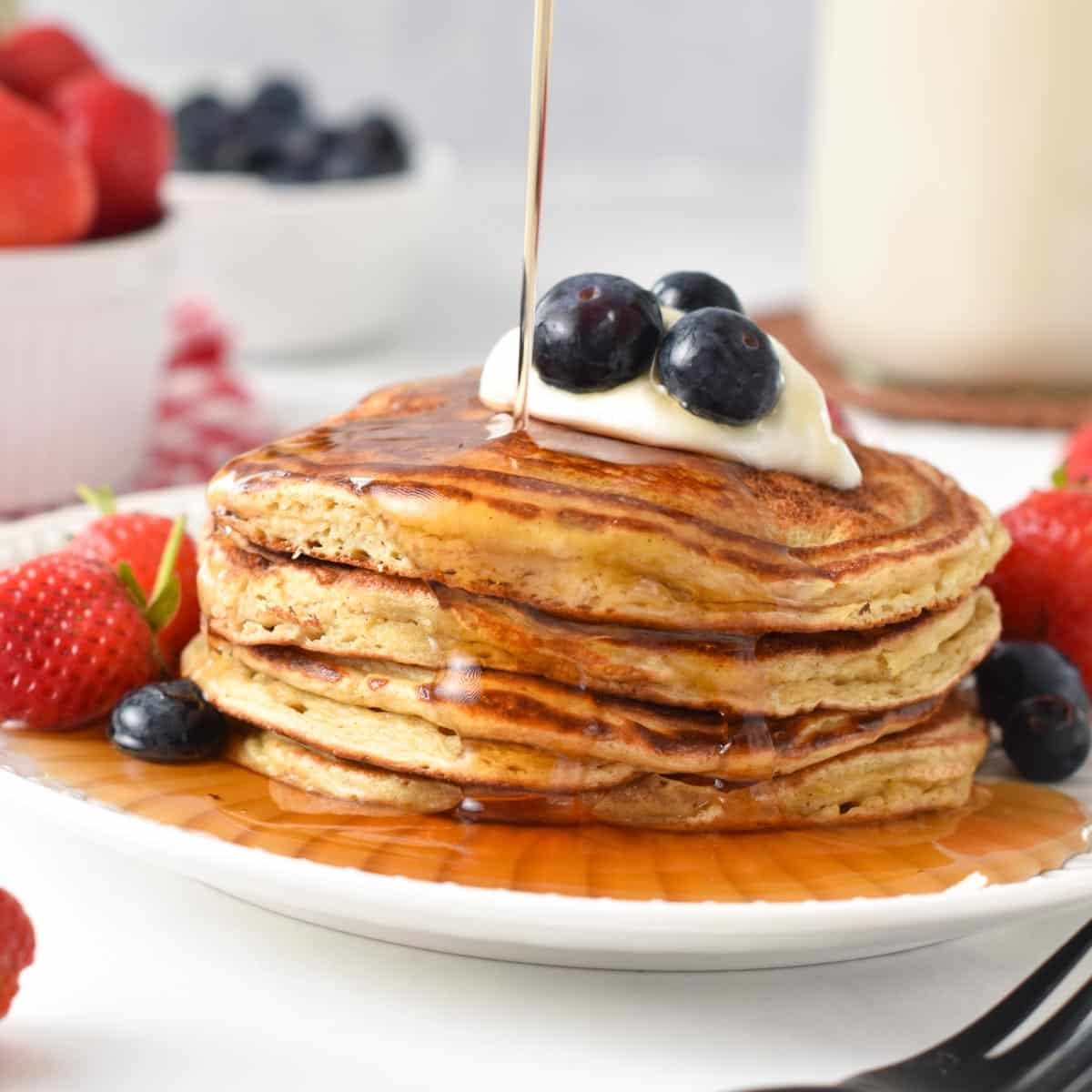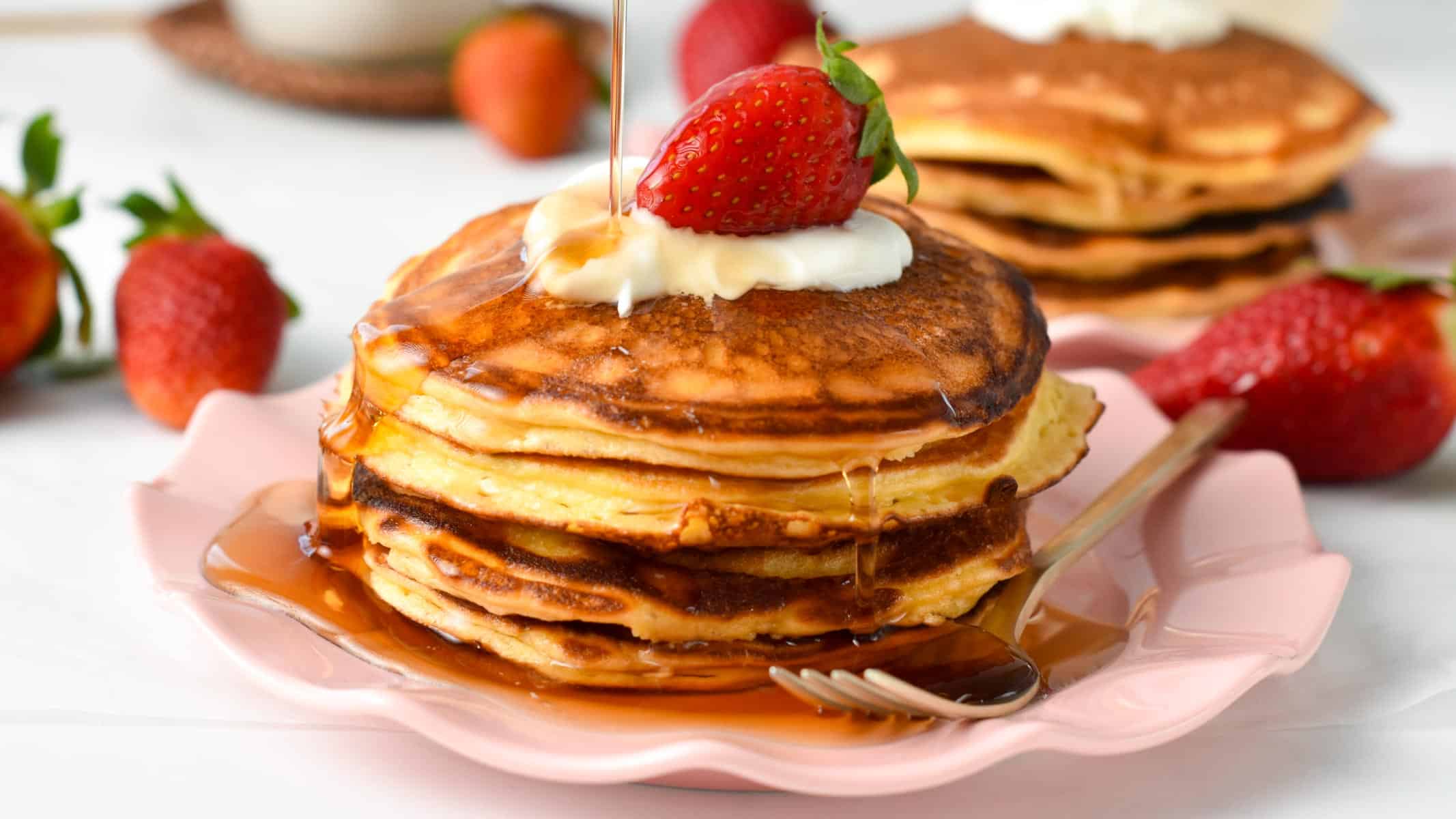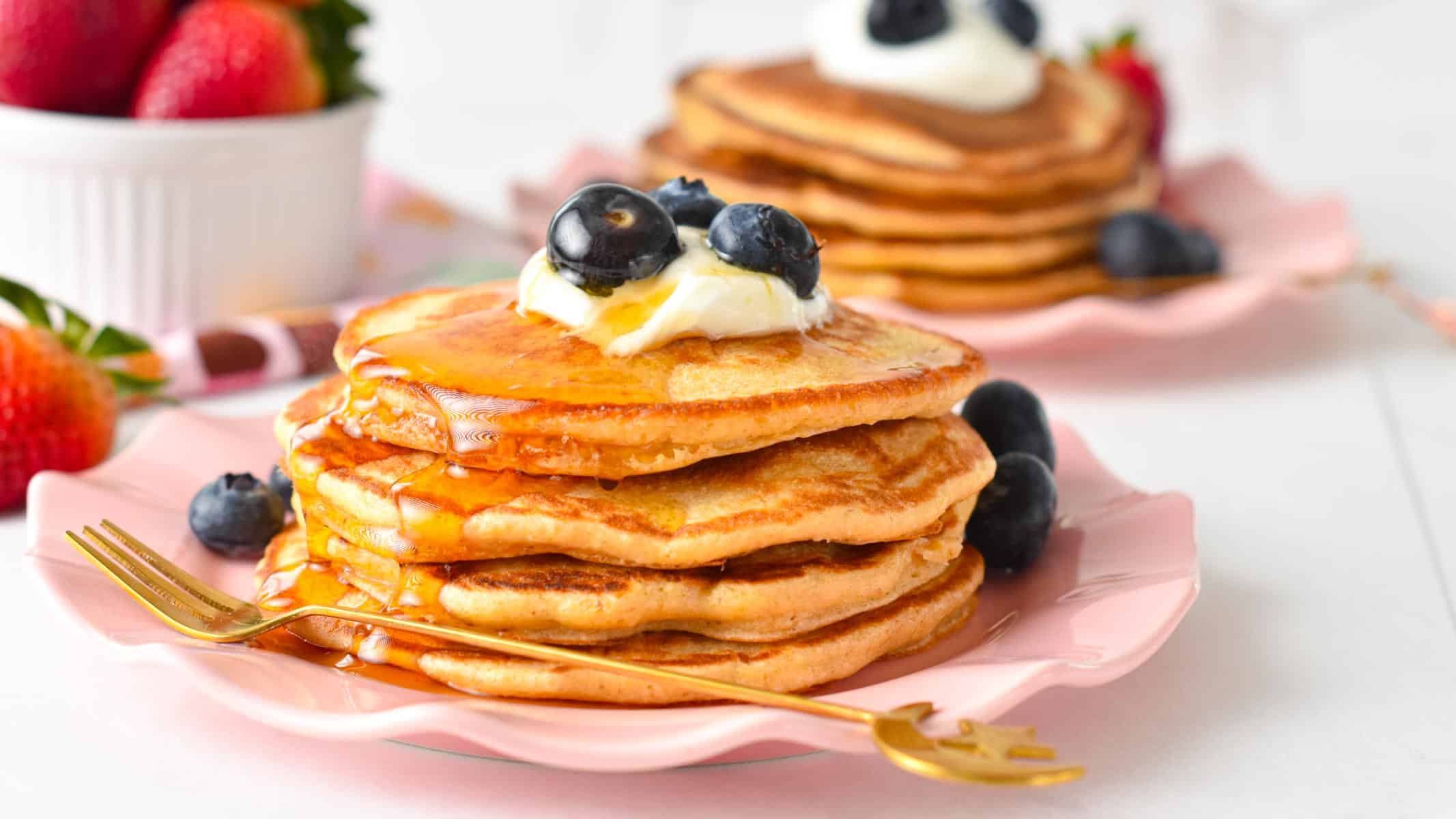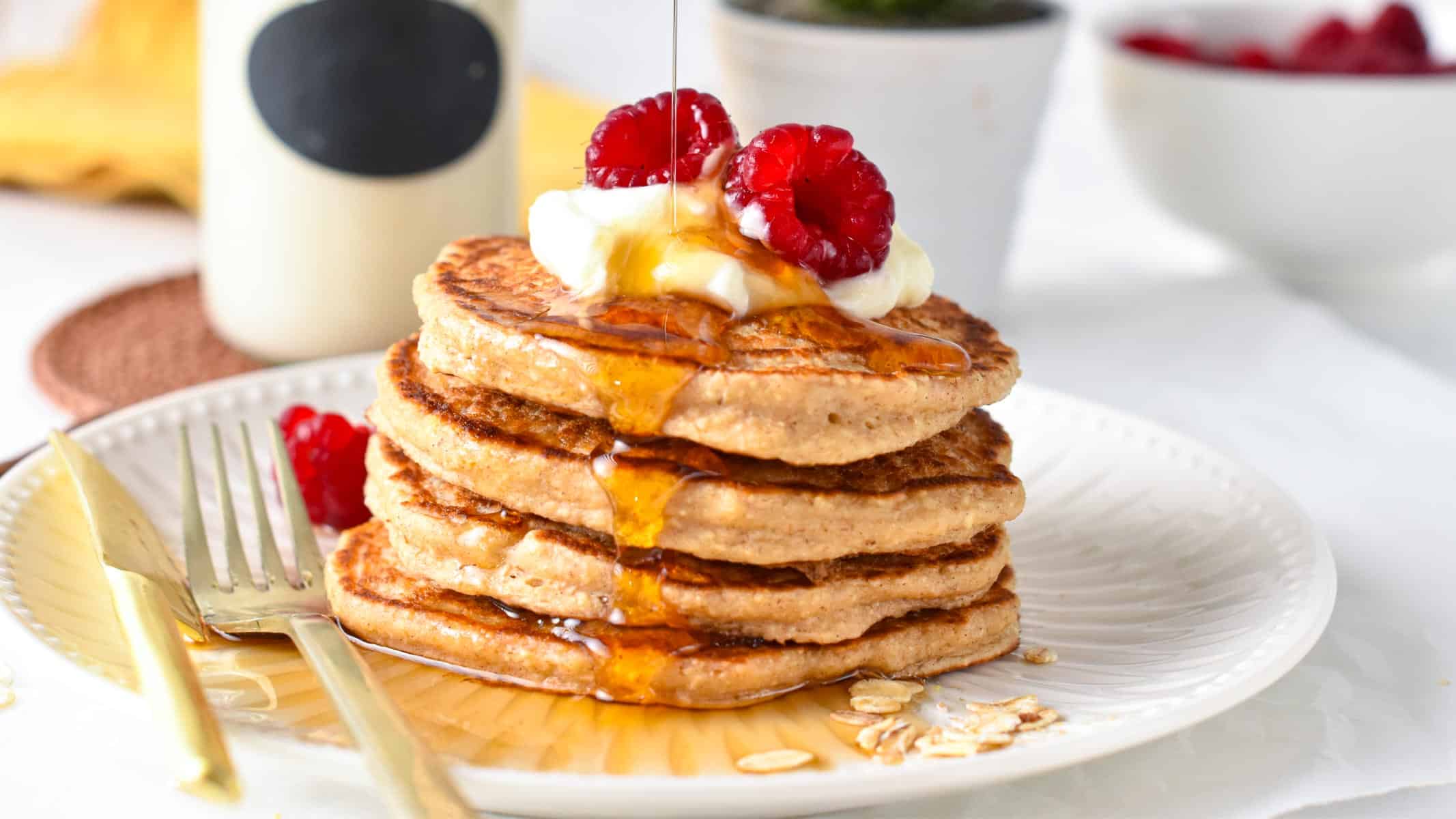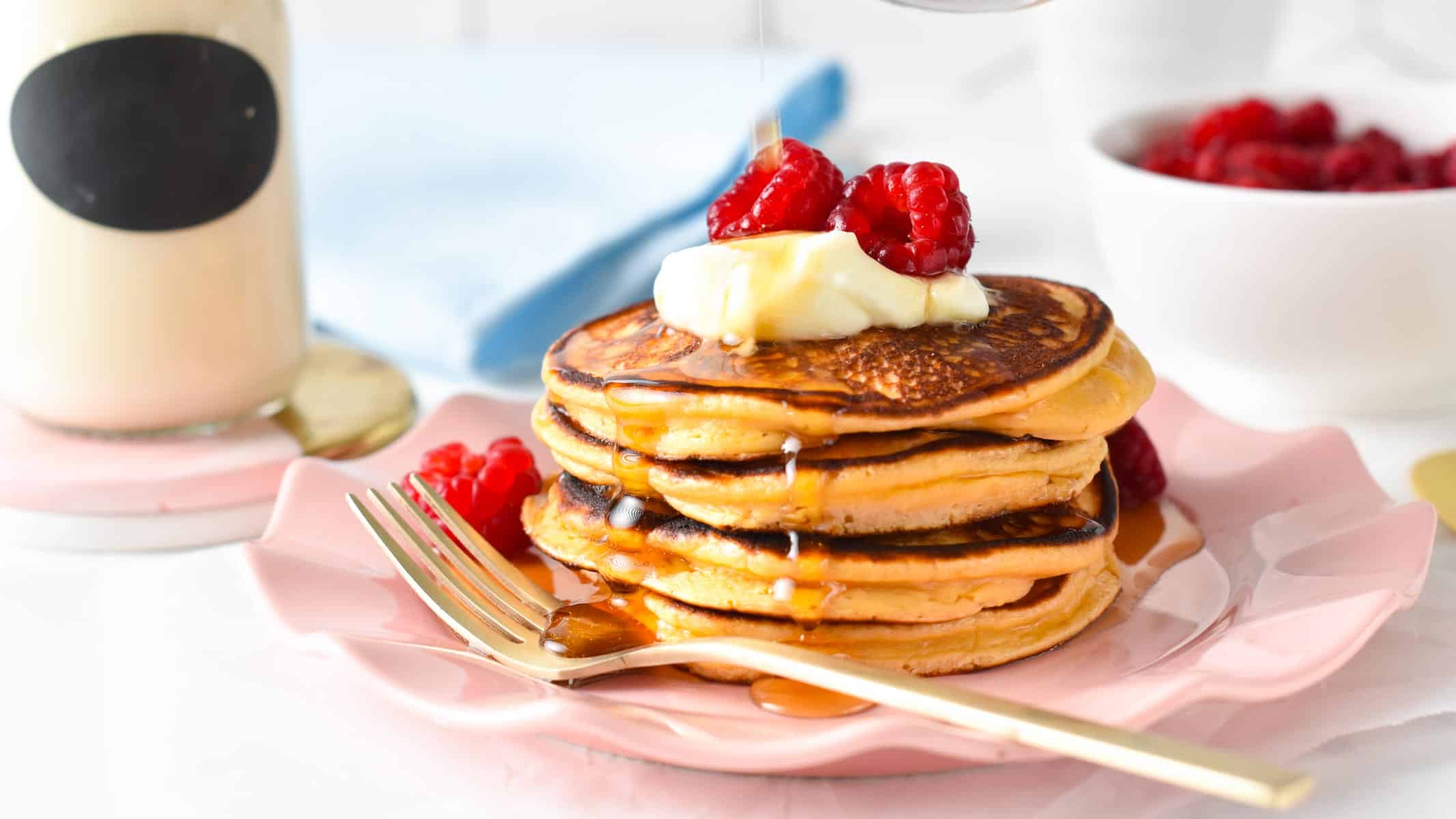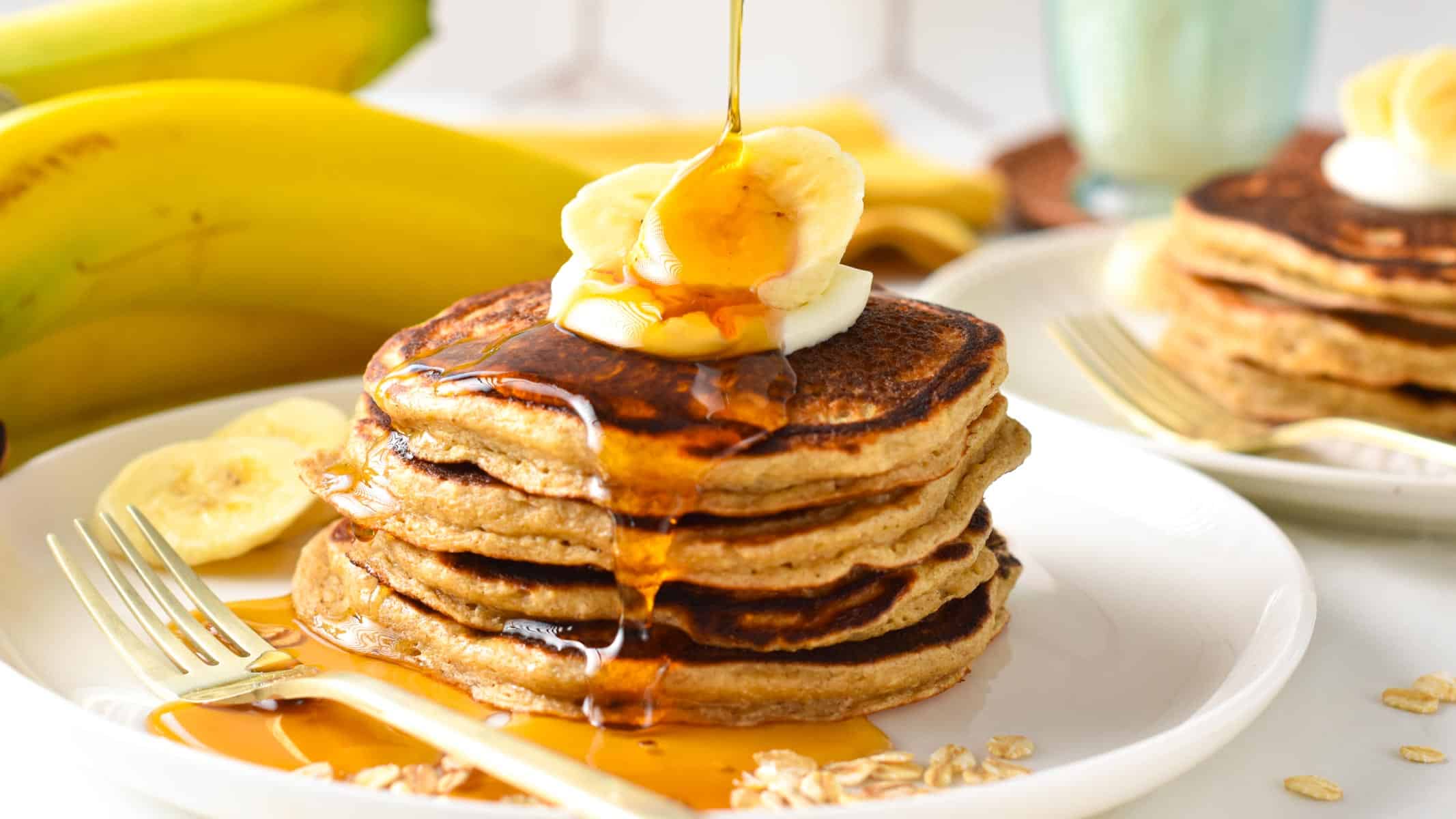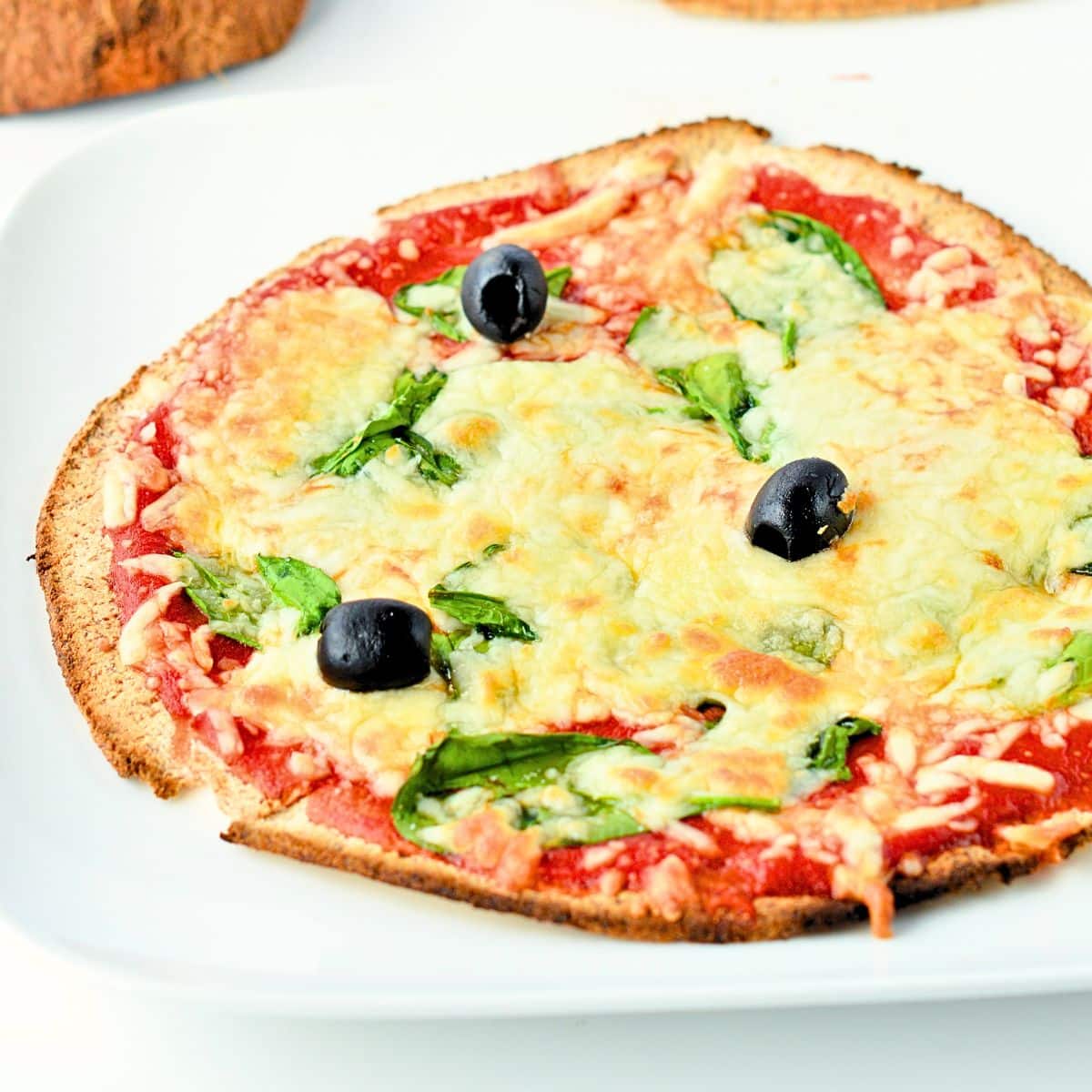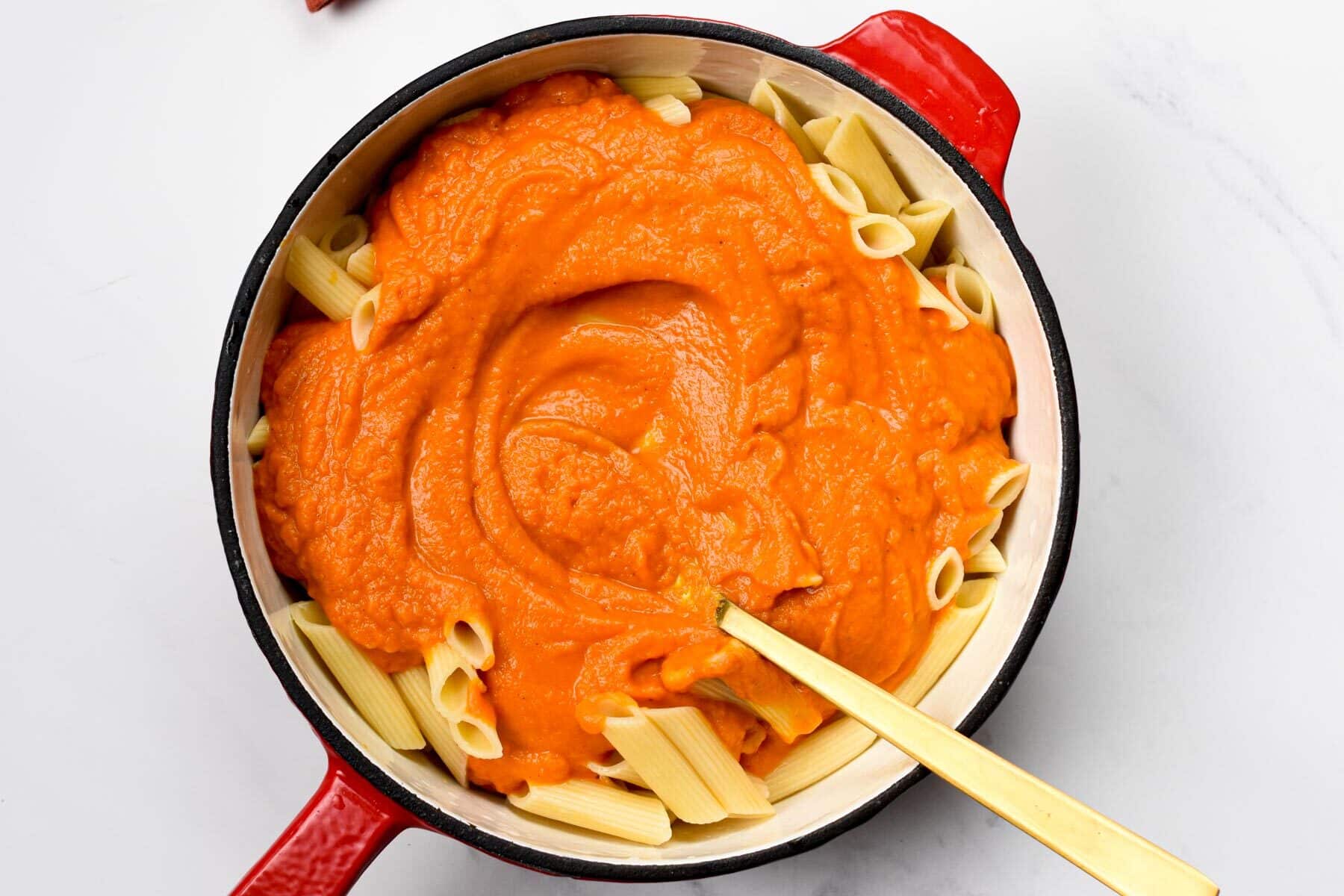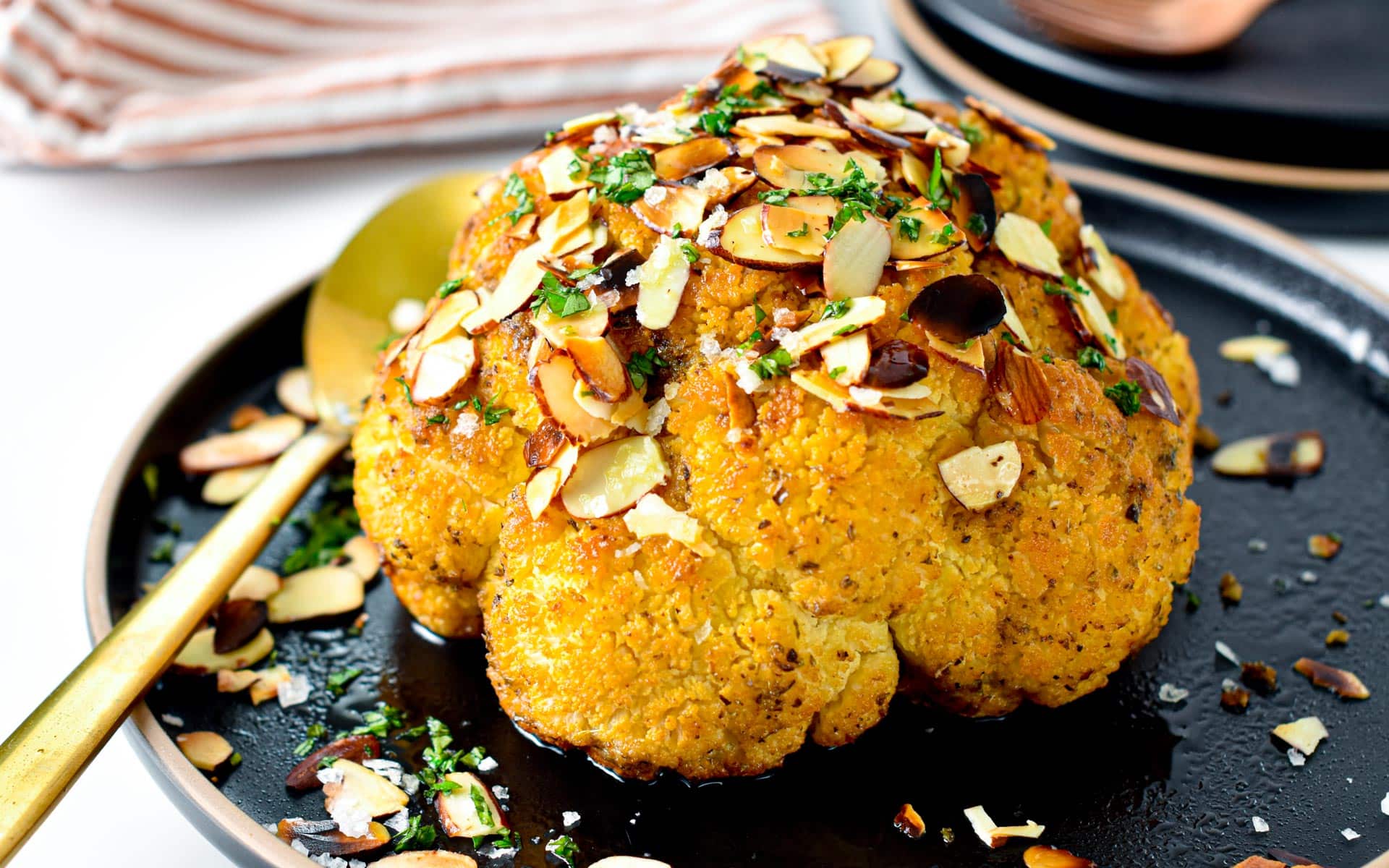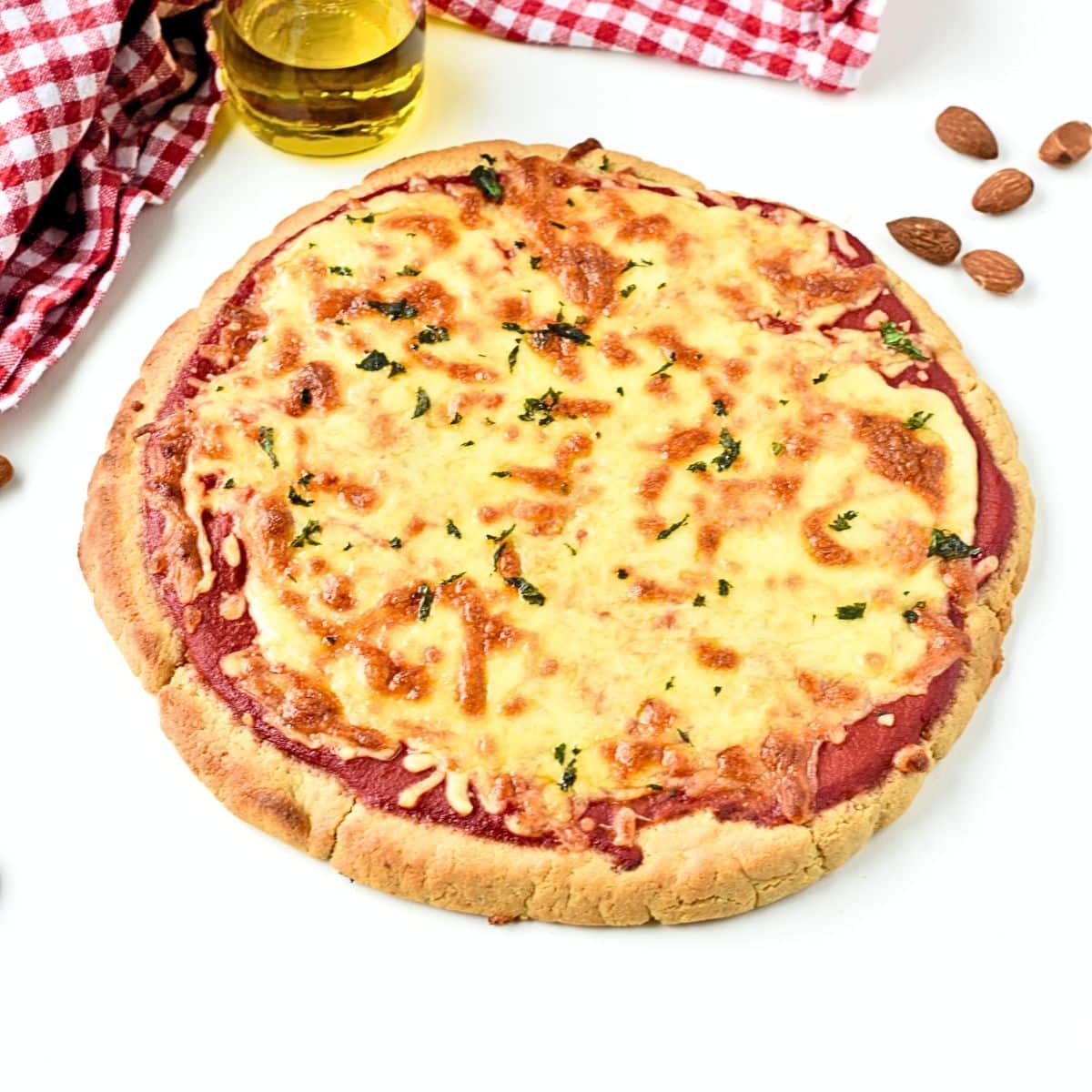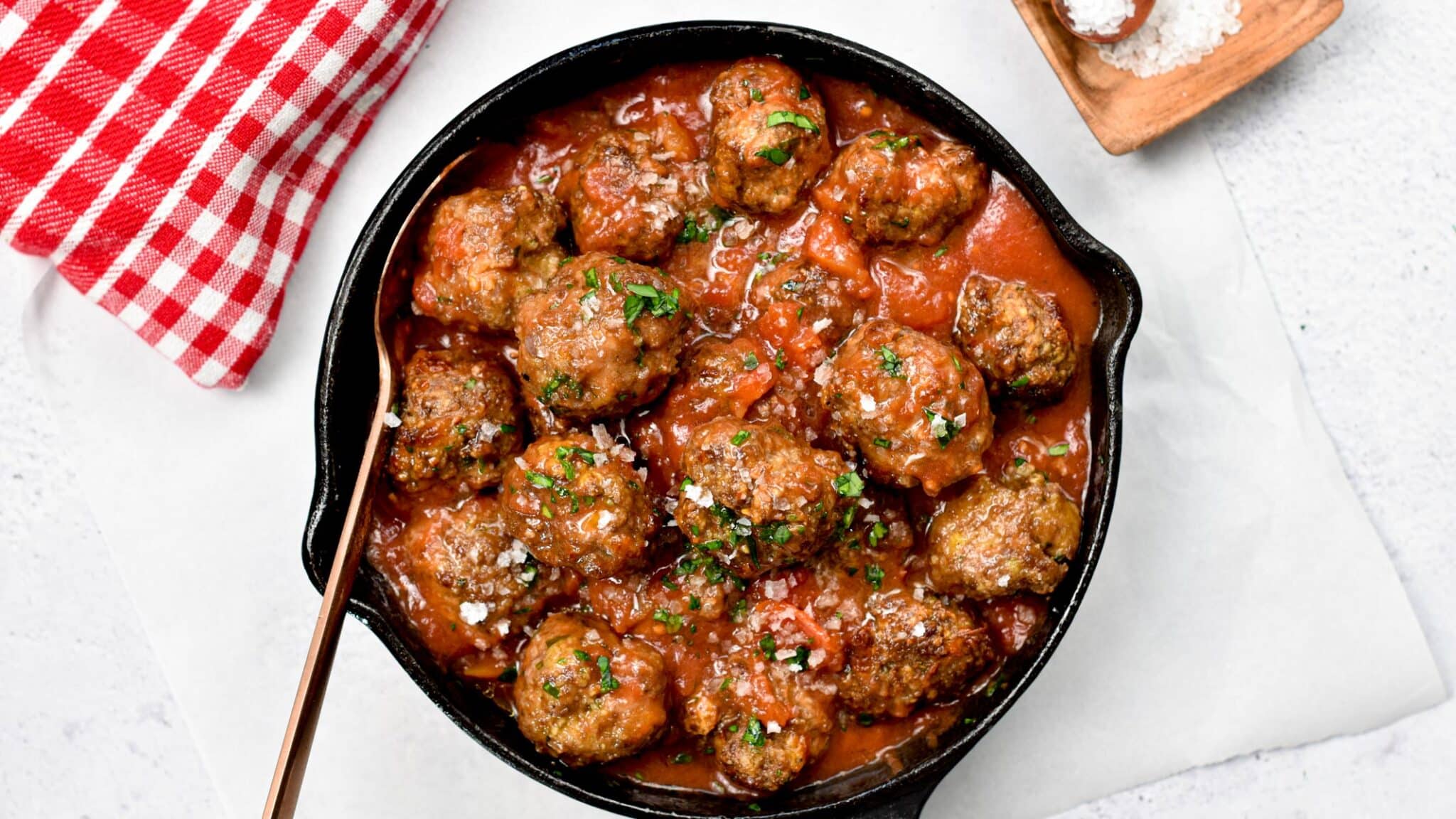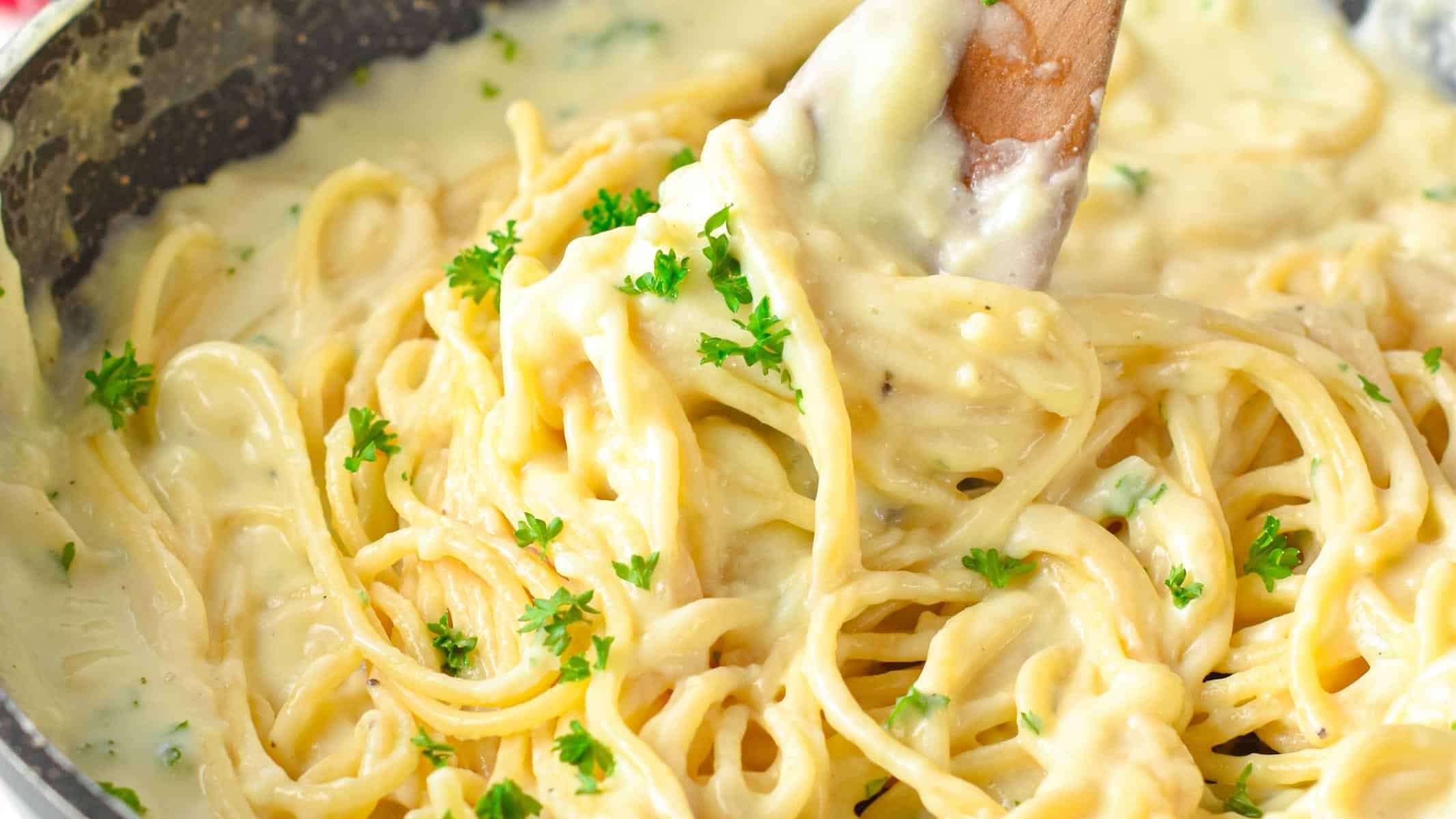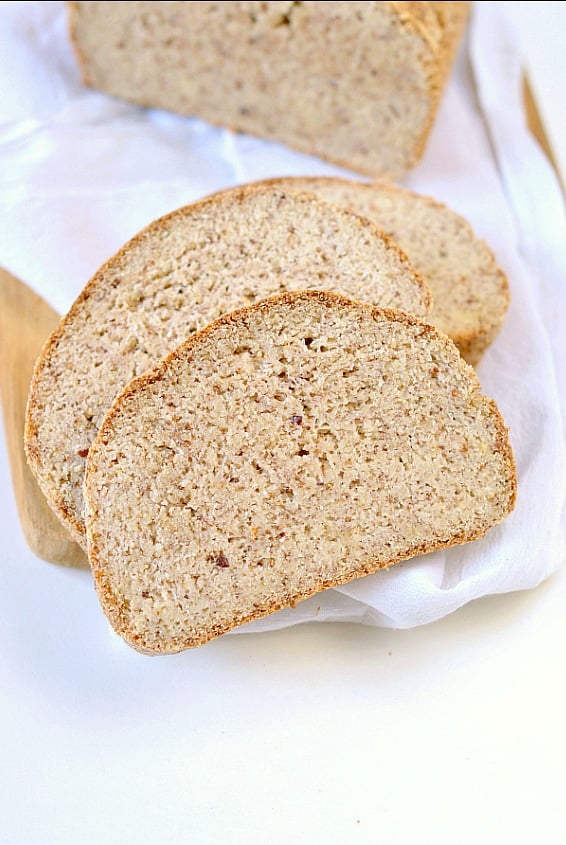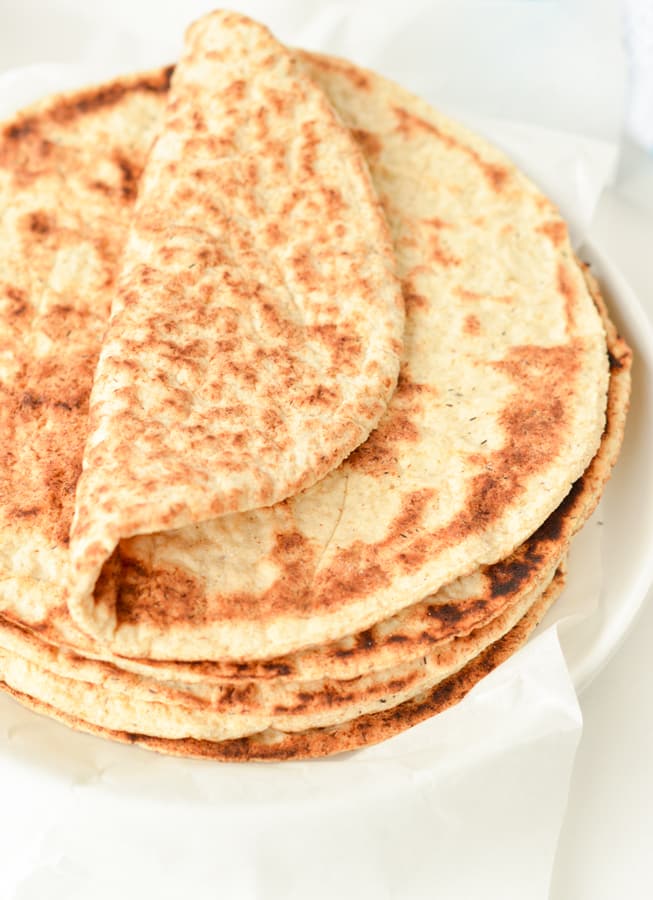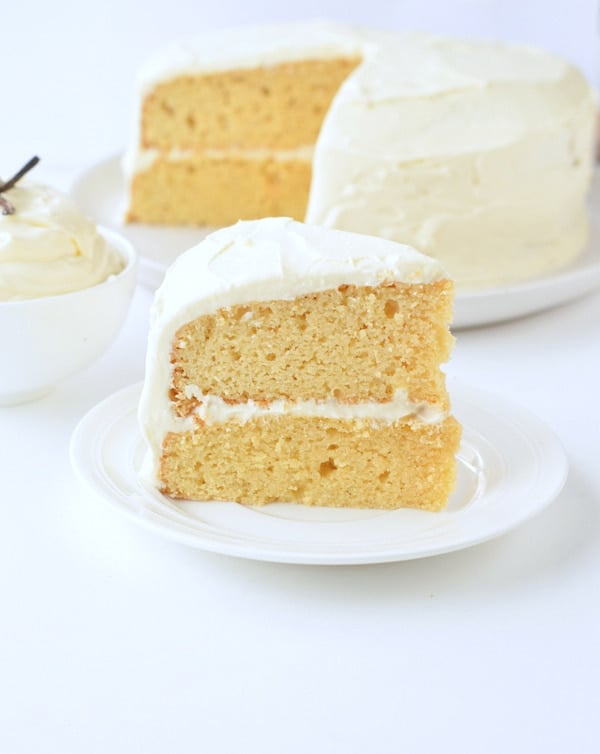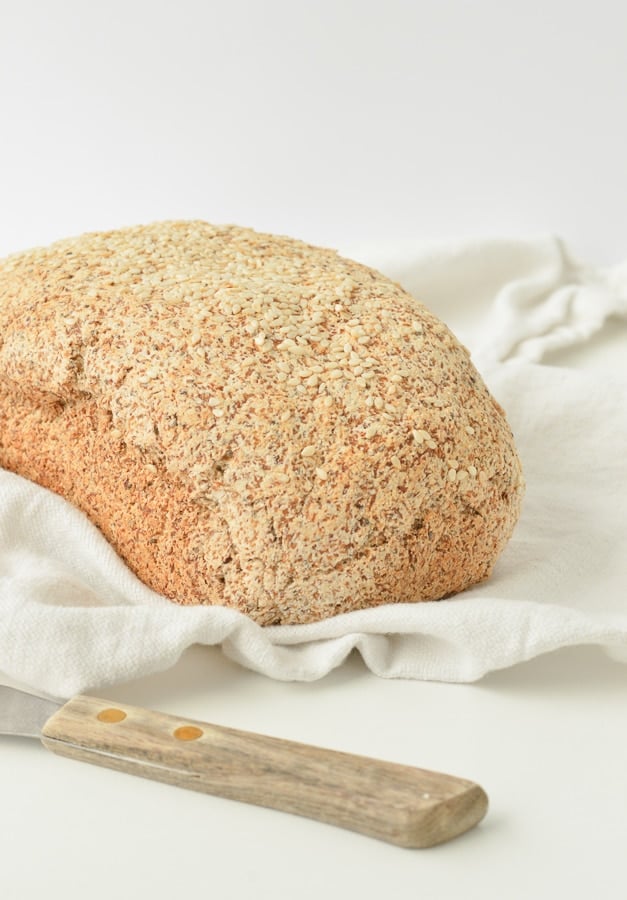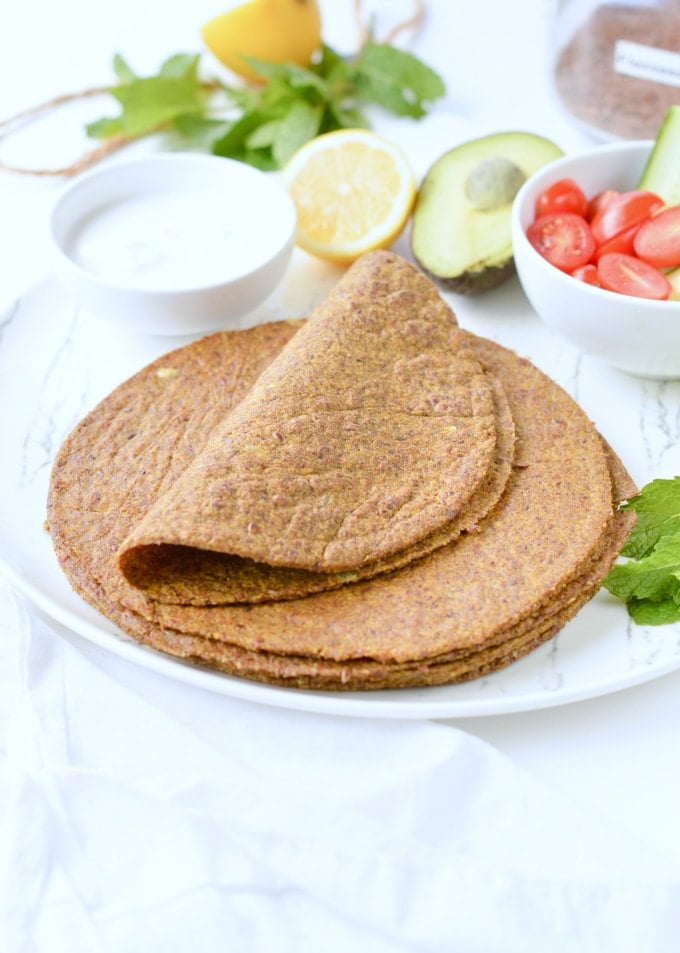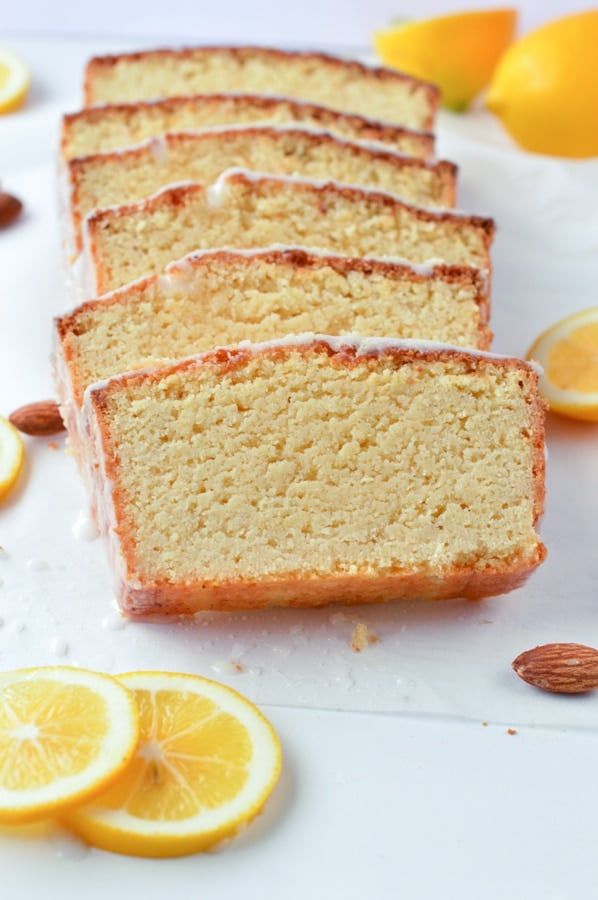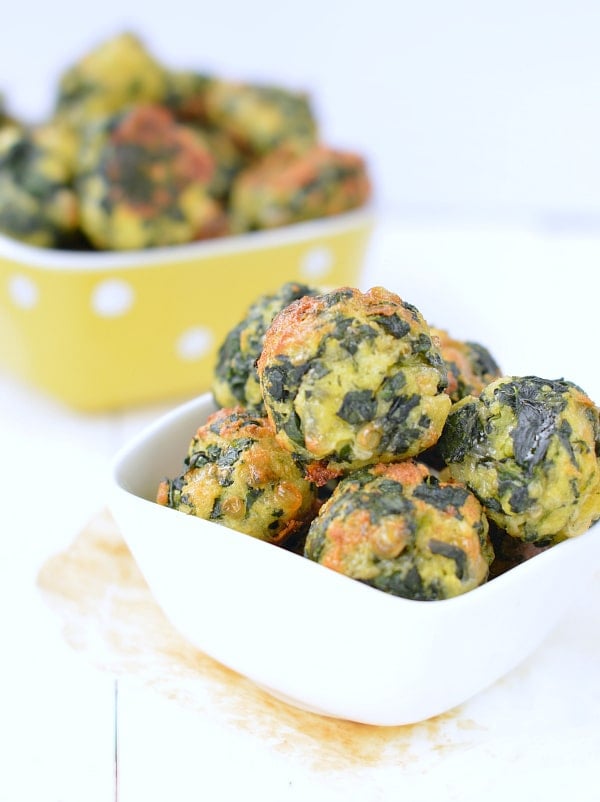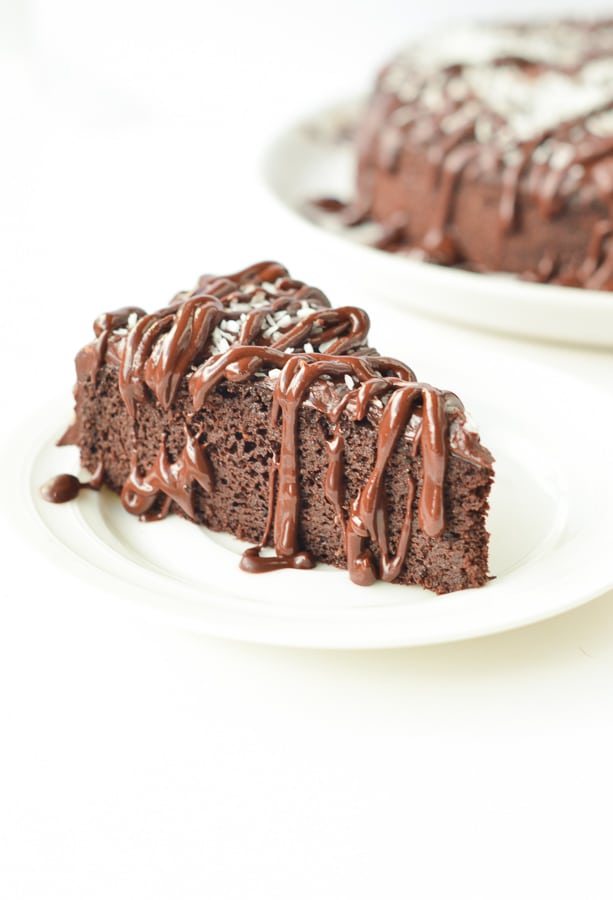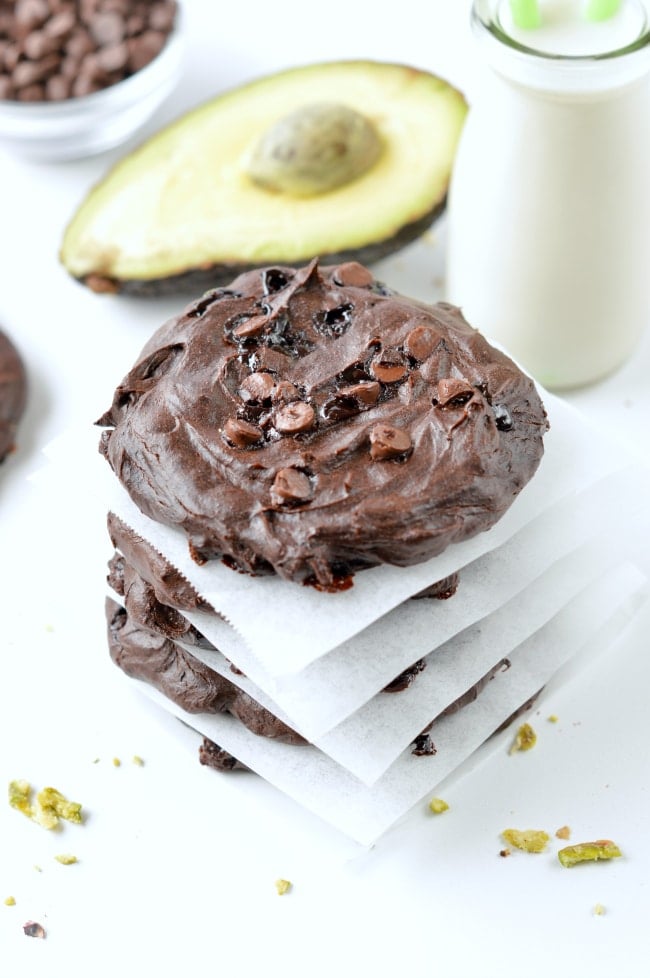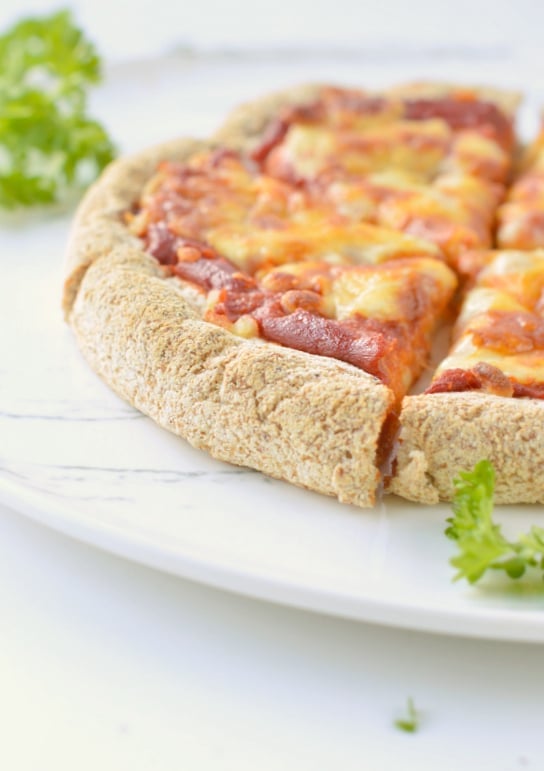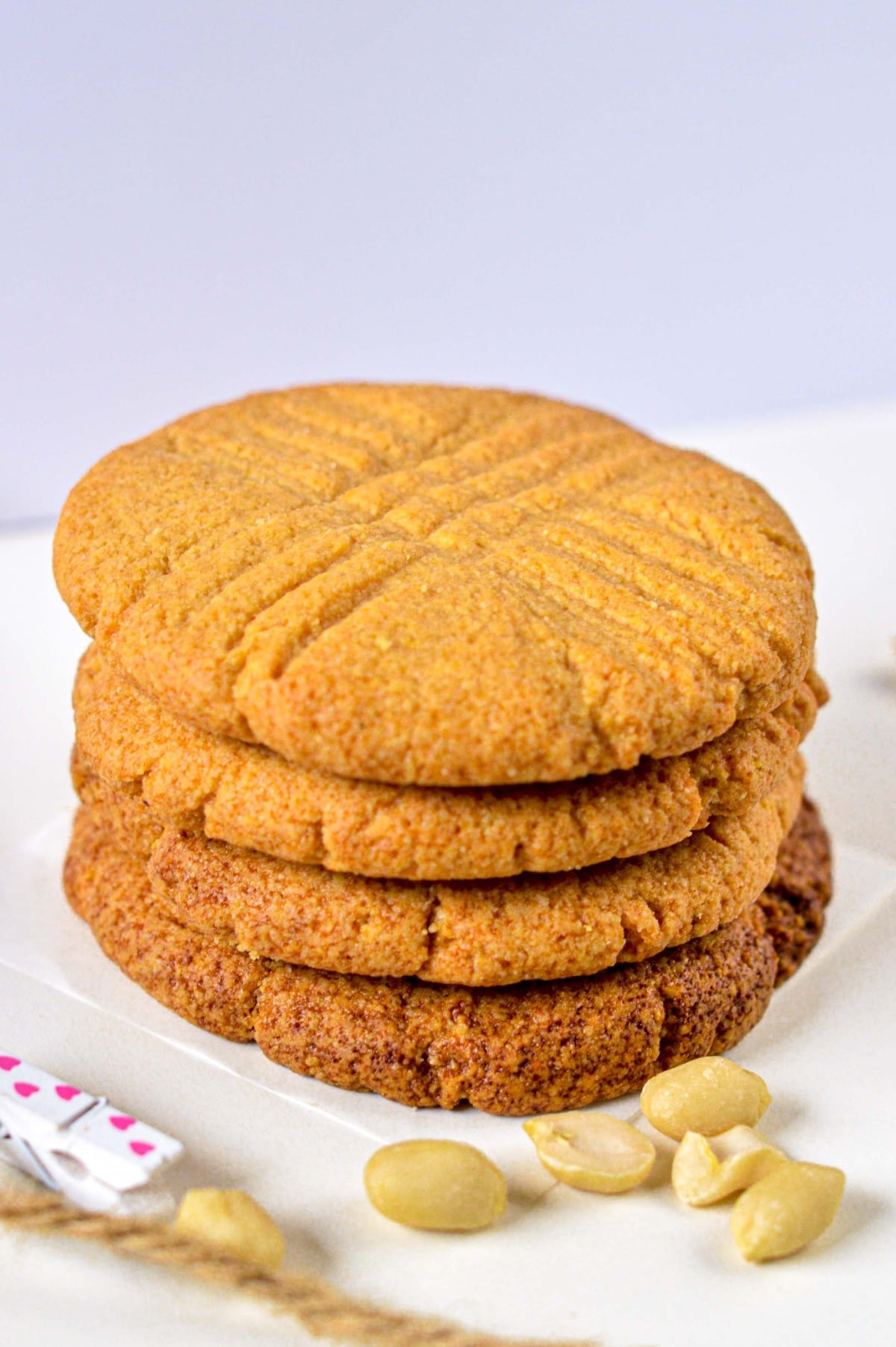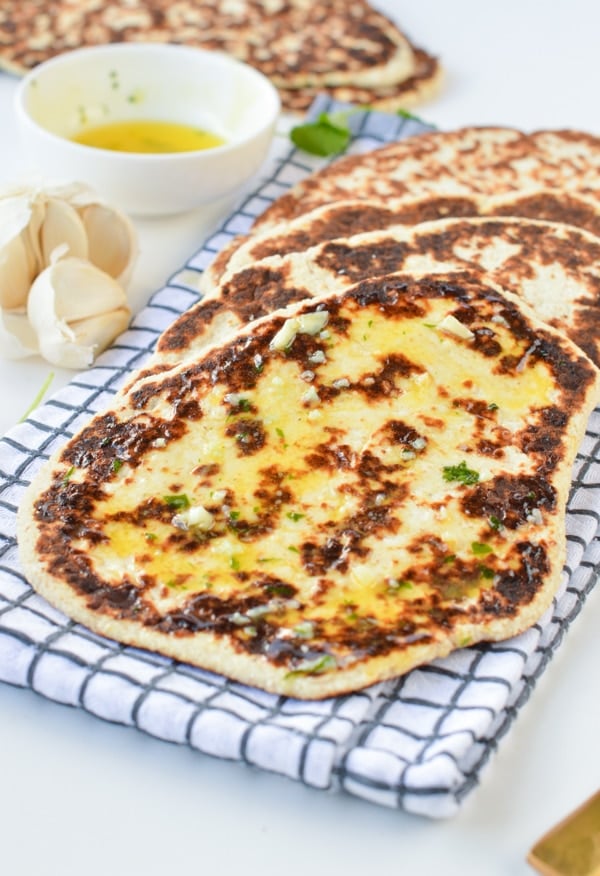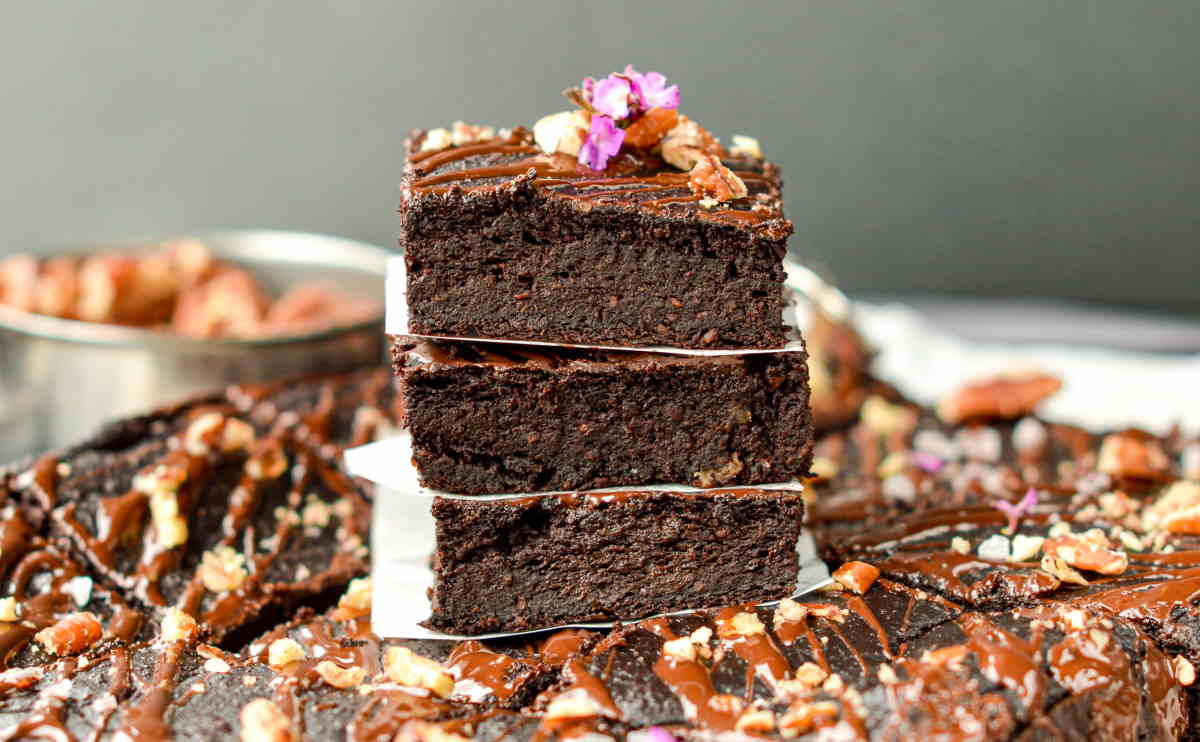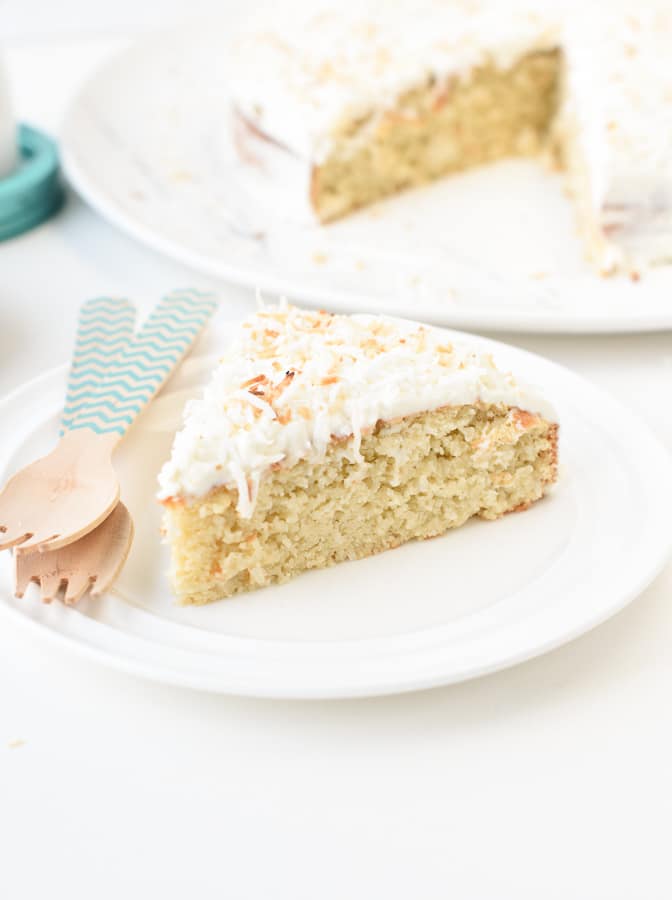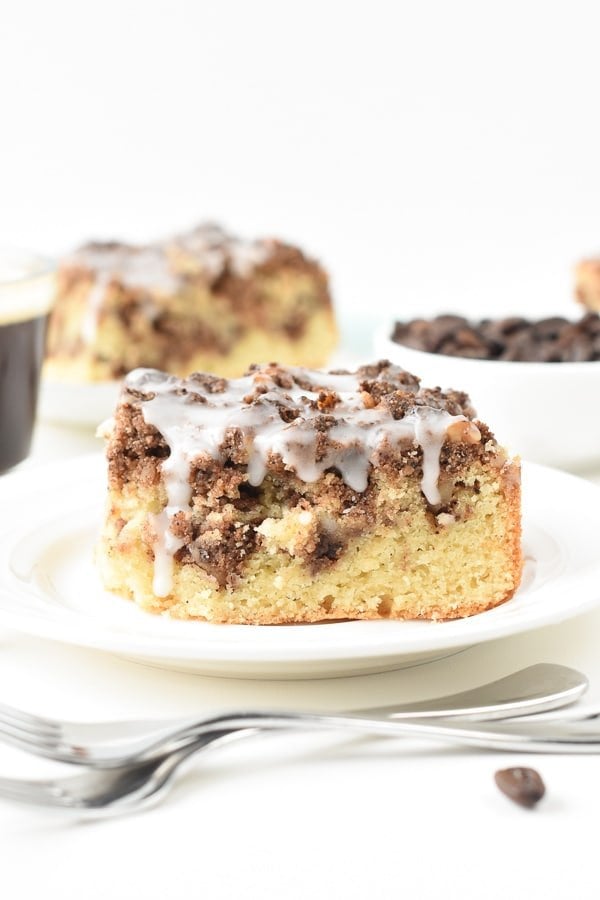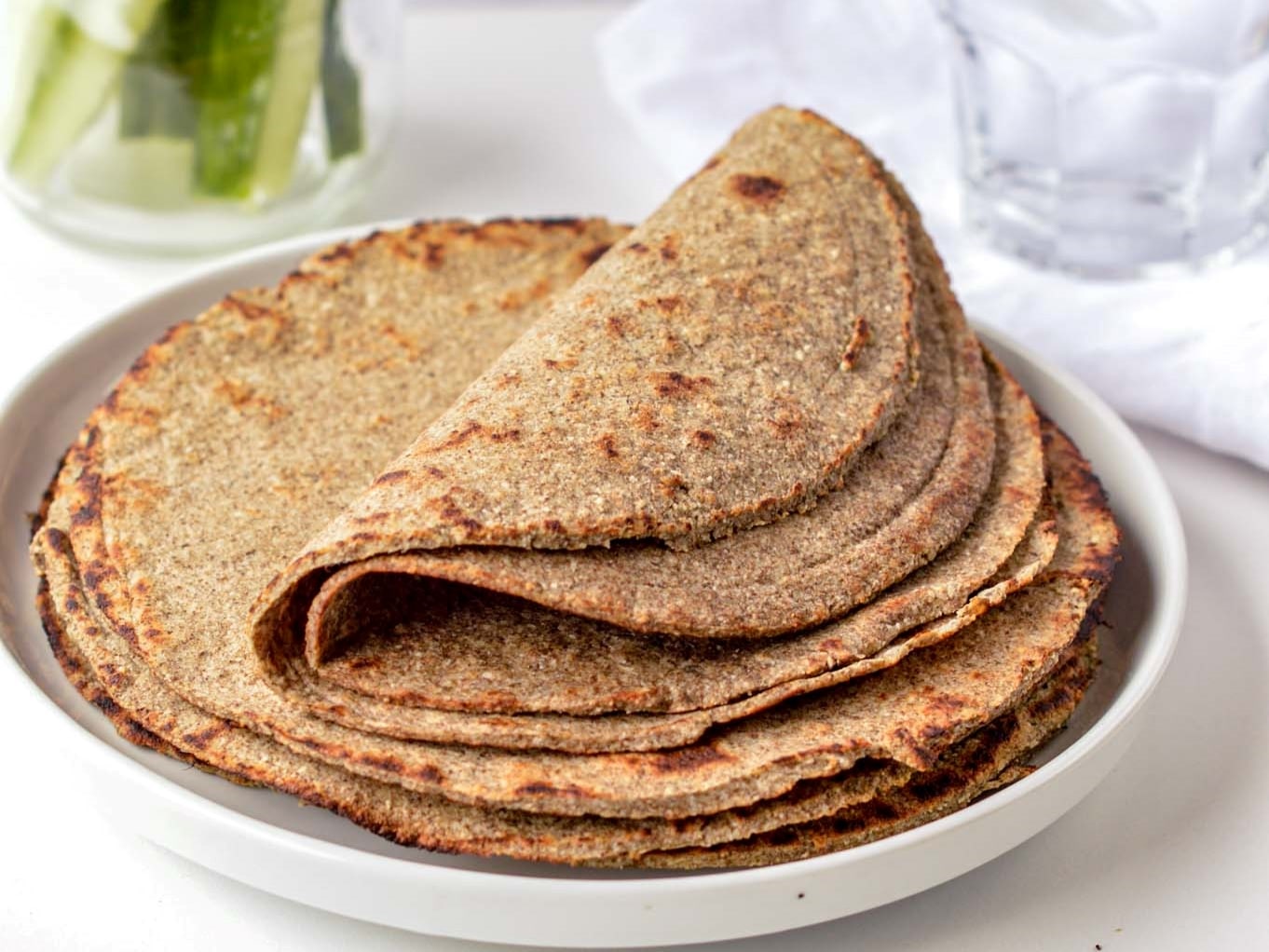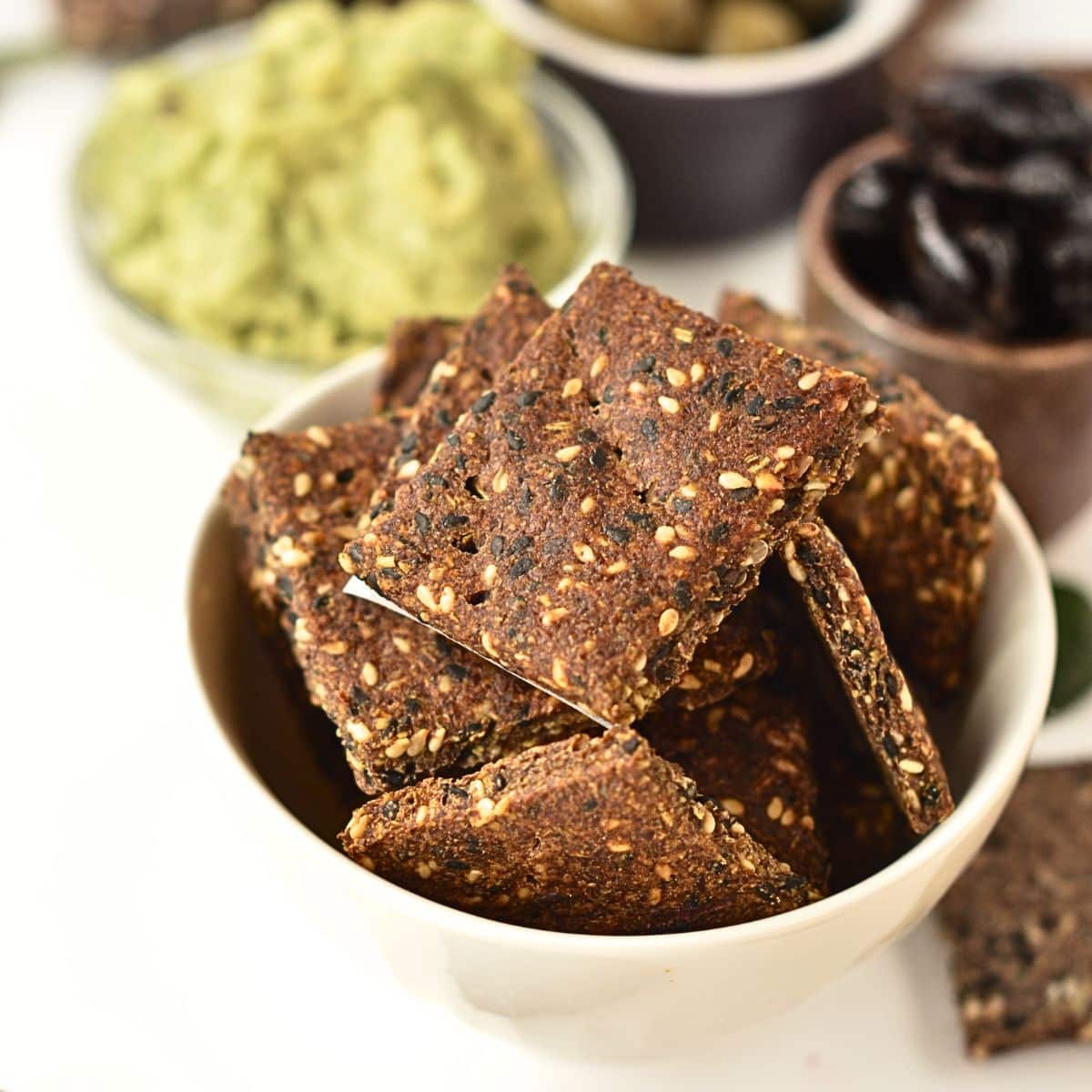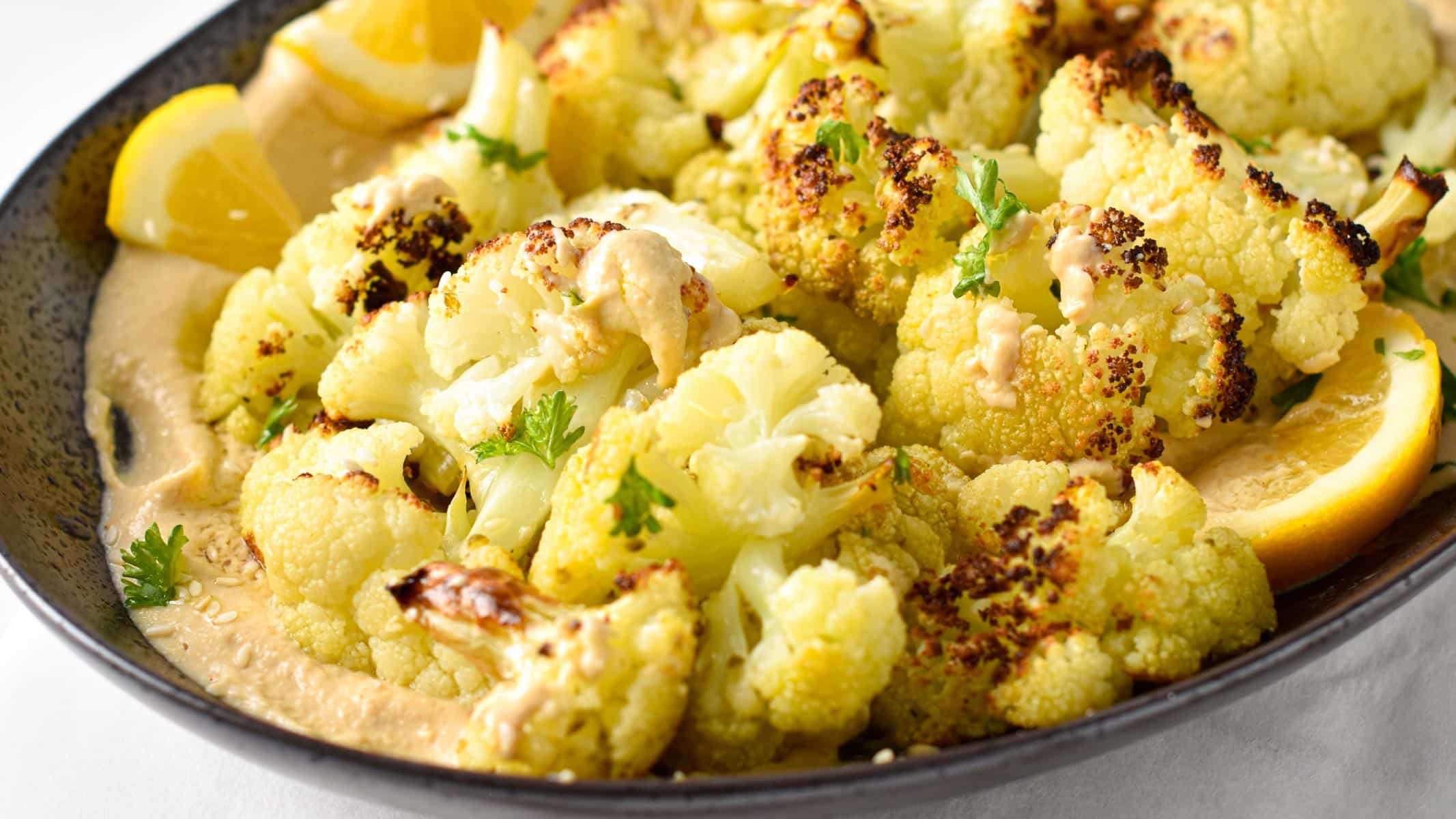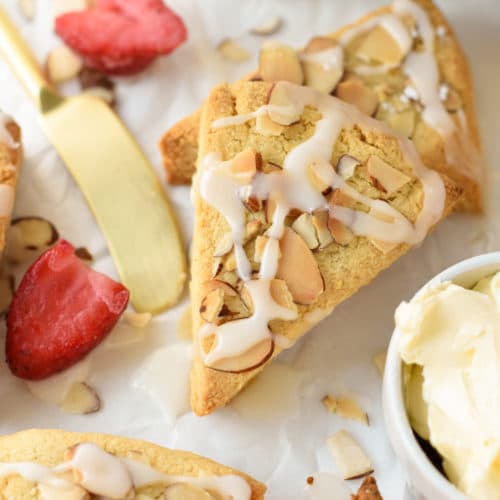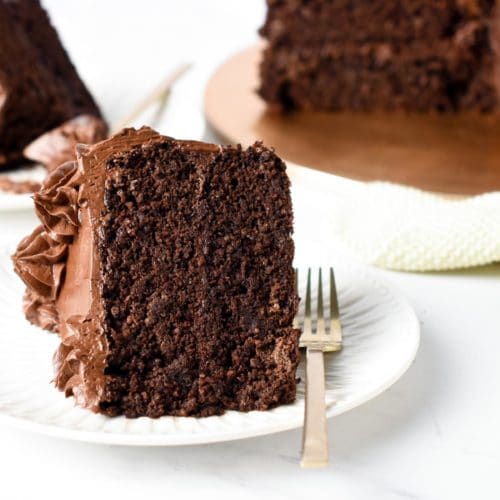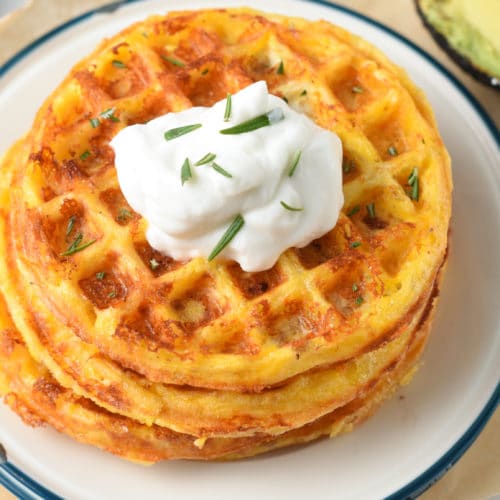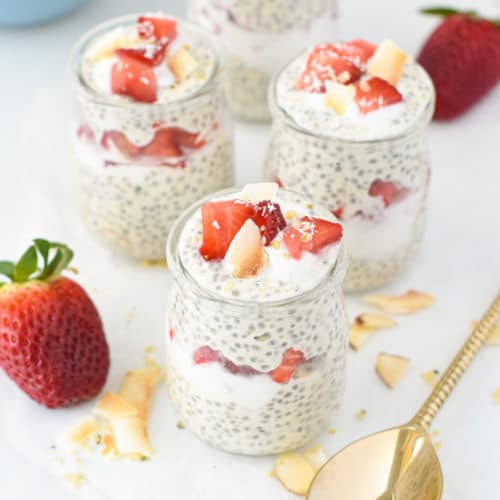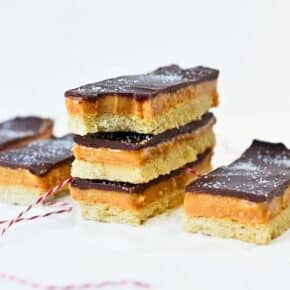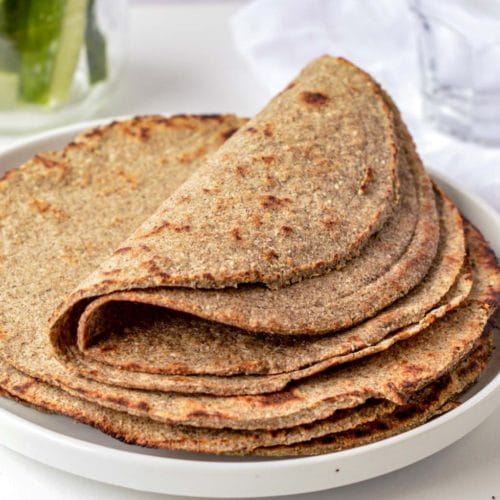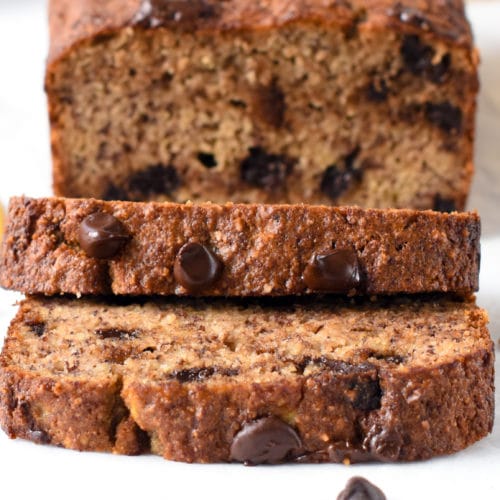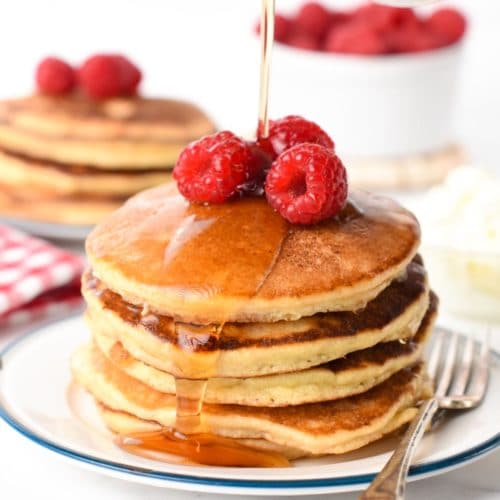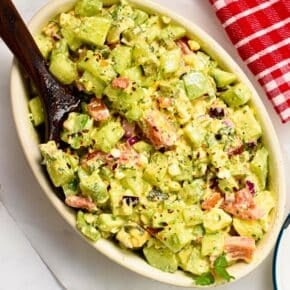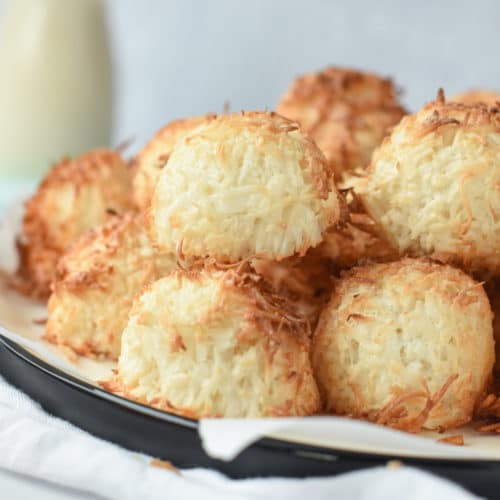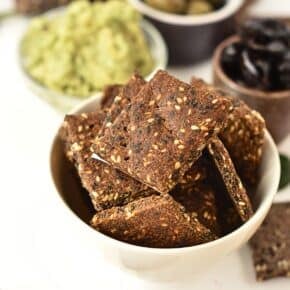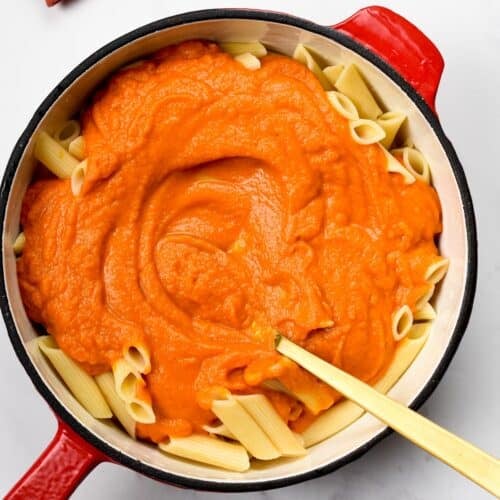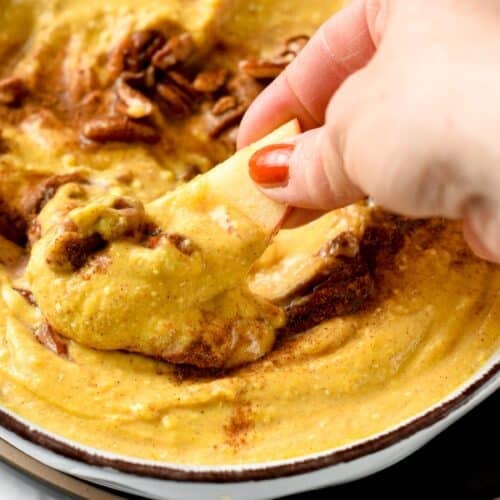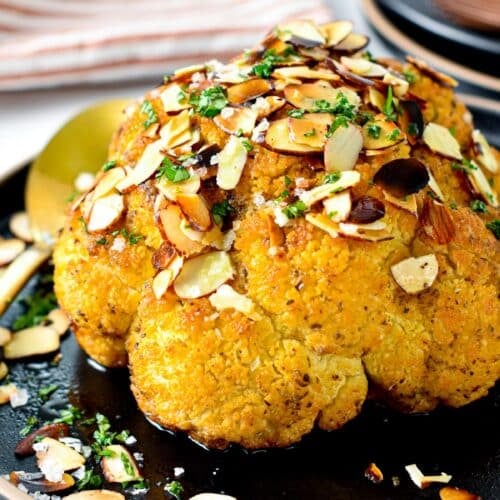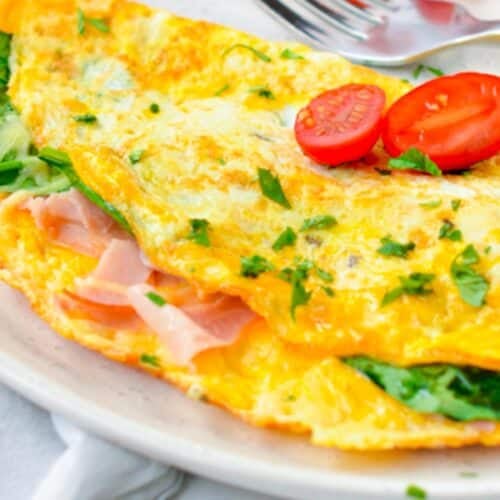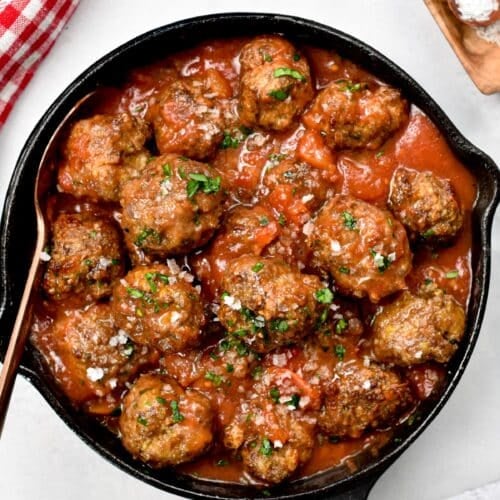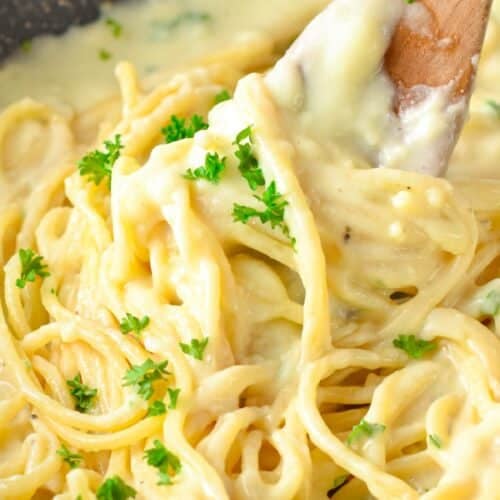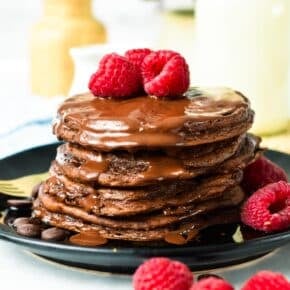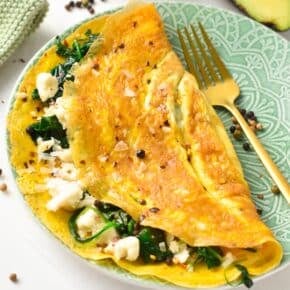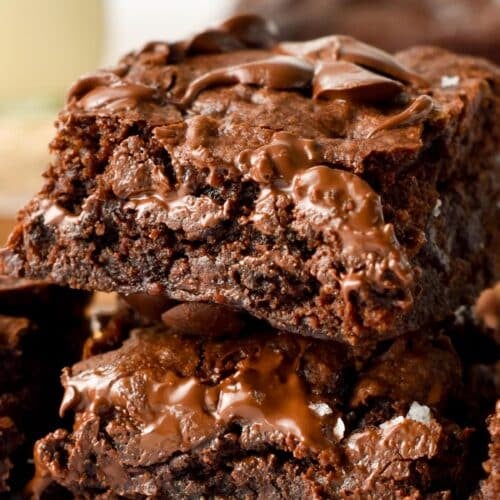
Gluten-Free Recipes
Gluten-Free Recipes are all my most popular recipes made without gluten.
What Are Gluten-Free Recipes?
Gluten-Free Recipes are recipes made without gluten-containing ingredients.
They often need to use gluten-free alternatives in order to reach a similar texture as foods that do contain gluten.
Food containing gluten is generally easily identifiable, but not in all countries, so it’s important to be able to identify both ingredients and foods that may contain gluten.
Ingredients Containing Flour
The following ingredients contain gluten, so they need to be replaced to make gluten-free recipes.
- Wheat (and all wheat flour like all-purpose flour, wholemeal flour).
- Breading and Breadcrumbs
- Brewer’s Yeast
- Graham Flour
- Seitan
- Bulgur
- Spelt (a different kind of wheat cereal)
- Durum
- Farro
- Rye
- Barley
- Malt (including Malt Syrup, Malt Flavoring, or Malt Vinegar)
- Semolina
- Wheat Starch
Common Foods With Gluten
While the ingredients below naturally contain gluten, the following foods are generally made with some of the above ingredients.
- Pasta (Spaghetti, Dumplings, Ravioli)
- Couscous
- Noodles (Ramen, Udon, Soba, Egg Noddles)
- Bread and Tortillas (Wraps, Loaves, Baguettes, Flatbread, Cornbread, etc.)
- Pastries (Croissants, Bagels, Donuts, Muffins, etc.)
- Crackers
- Cereal (while there are some wheat cereals, a larger number of cereal options contain malt extract that is derived from milk).
- Pancakes, Crepes, and Waffles
- Croutons
- Beer (because it’s often made with wheat malt).
Gluten Contamination
While there are many foods that are not made with any gluten-containing ingredients, they are often not marked gluten-free.
The reason why they are not gluten-free is the potential of cross-contamination.
Gluten Cross Contamination happens when a non-gluten food is prepared on the same manufacturing line as a gluten food.
For example, if breadcrumbs are prepared before oats on the same manufacturing line, some wheat might find itself in the oats packaging.
While gluten cross-contamination is most likely harmless for people with simple gluten intolerance, it can be extremely dangerous for people with Celiac Disease.
It’s particularly common for oats that don’t naturally contain gluten. As a result, it’s important to make sure in the fine prints under the ingredients that the food is prepared in a plant that doesn’t process gluten.
Best Gluten-Free Alternatives
There are many ingredients that can be used to replace ingredients with gluten.
While there are some 1:1 alternatives that can be used without a specific recipe, some replacements require a specific purpose-written recipe.
Wheat Flour
Wheat flour is the most gluten-loaded ingredient. It can be replaced with:
- 1:1 Gluten-Free All-Purpose Flour – It’s not keto-friendly but can be swapped without a specific recipe.
- Sunflower Seed Flour – This flour is very similar but it’s recommended to use in a specific recipe.
- Almond Flour – Almond Flour is much lower in carbs than wheat flour and has a high quantity of fiber. As a result, it requires a recipe specifically written for almond flour.
- Coconut Flour – While coconut flour is gluten-free, it’s essential to use a dedicated recipe as is several orders of magnitude more moisture absorbent than wheat flour or almond flour.
- Cassava Flour – Cassava flour is slightly higher in carbs than almond flour and also requires purpose-written recipes.
- Chickpea Flour – Chickpea flour is higher in carbs than other gluten-free flours, but it makes delicious recipes.
- Oat Flour – Oat Flour is only gluten-free when made from certified gluten-free oats. It can be used to make many delicious recipes.
Breadcrumbs
Replacing breadcrumbs with a gluten-free alternative is much easier than replacing flour.
There are options for all diets:
- Gluten-Free Breadcrumbs: There are many gluten-free breadcrumbs options available, but they are often not low in carbs.
- Almond Flour: Almond Flour can be used to replace breadcrumbs, like in my Almond Flour Chicken Tenders.
- Pork Rinds: A common keto alternative to breadcrumbs is to used crushed pork rinds. They deliver a similar texture, but it’s of course not a vegan option.
